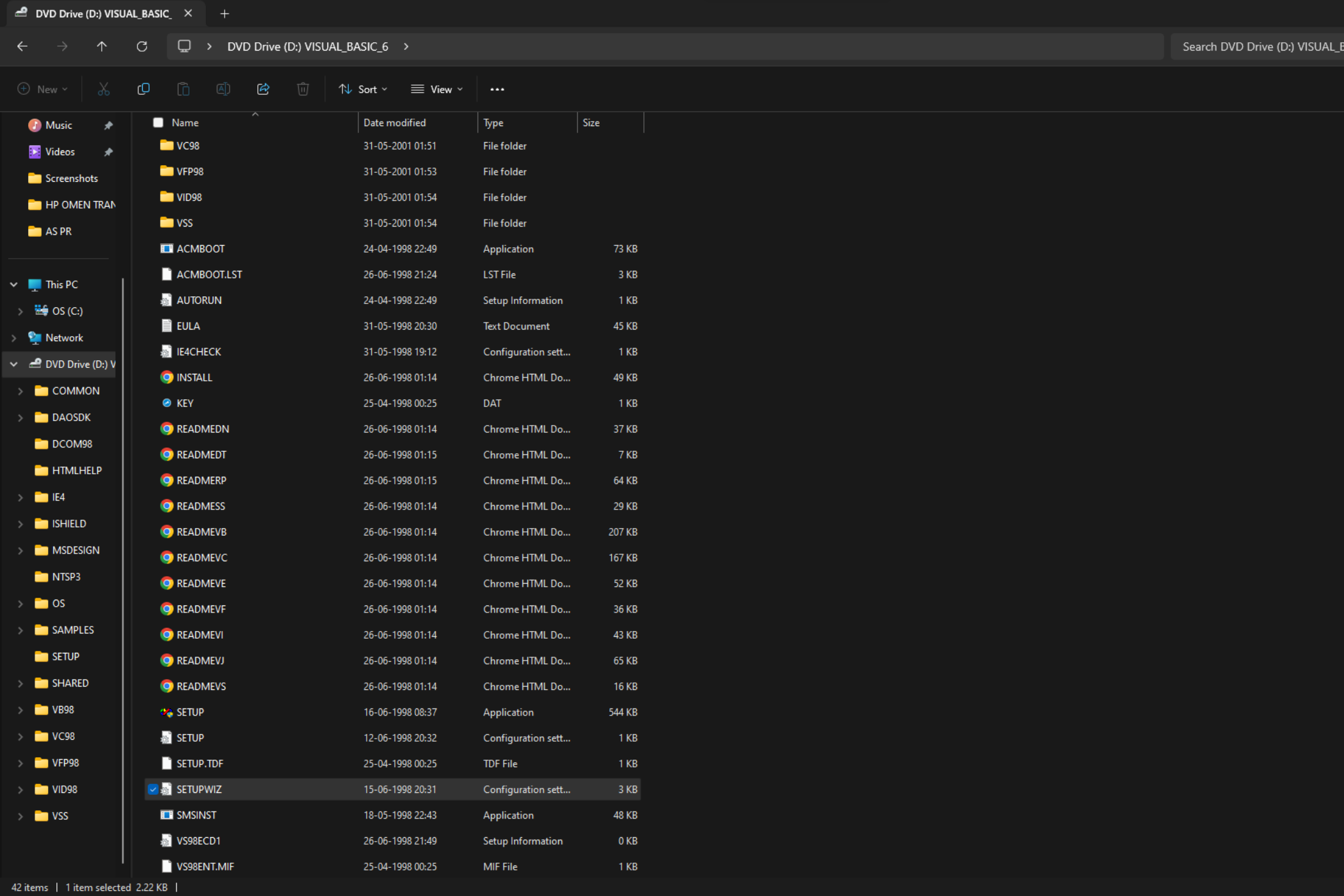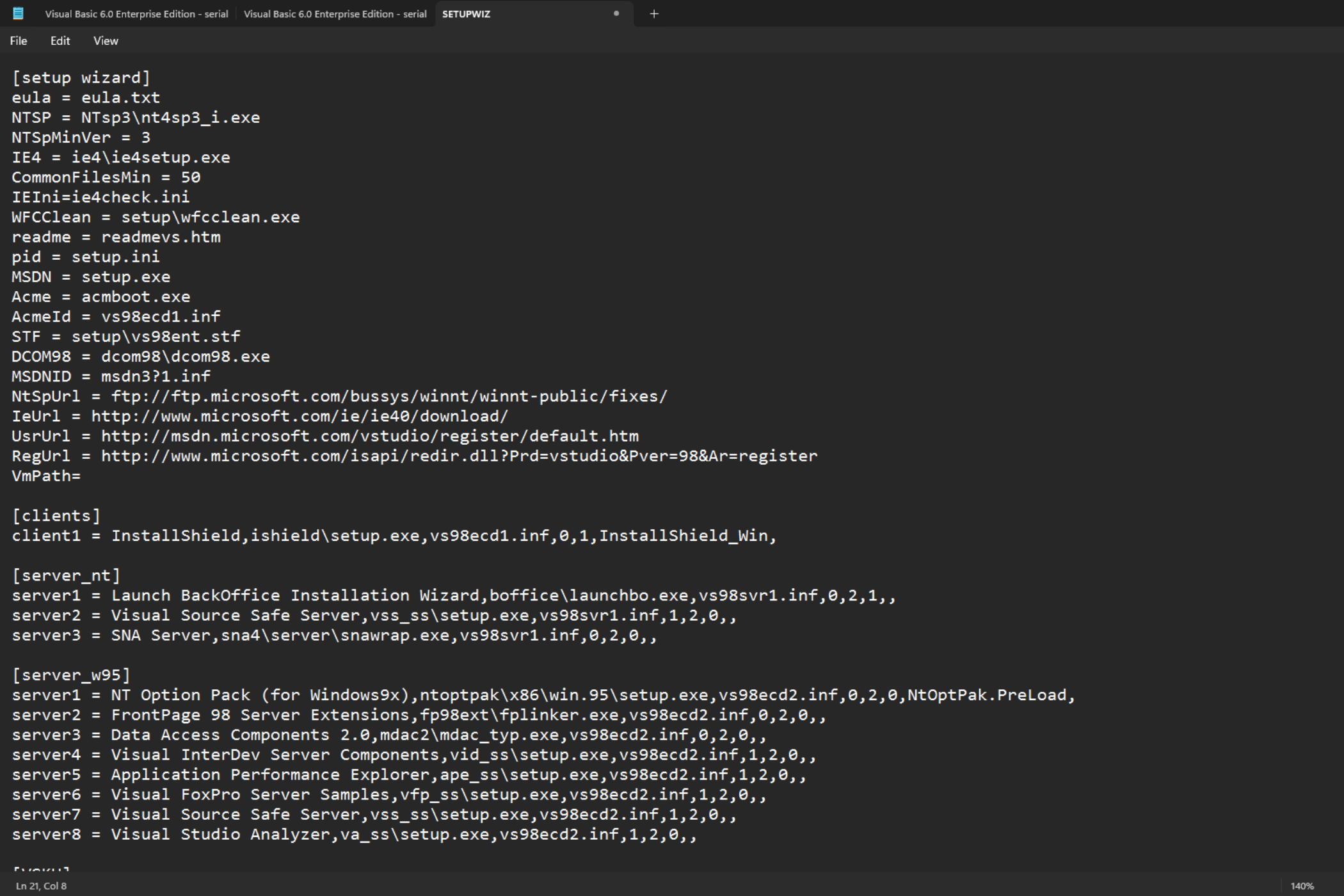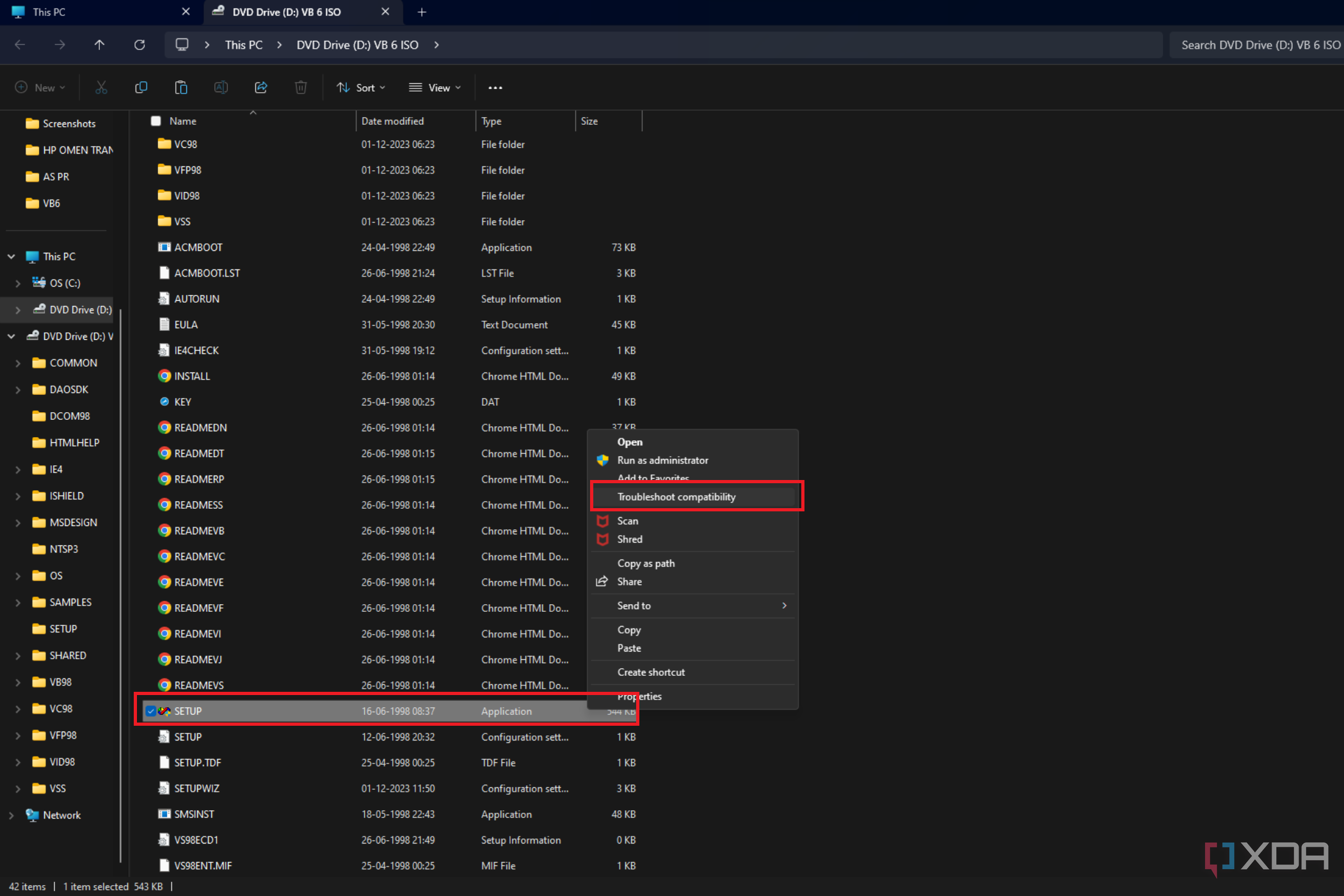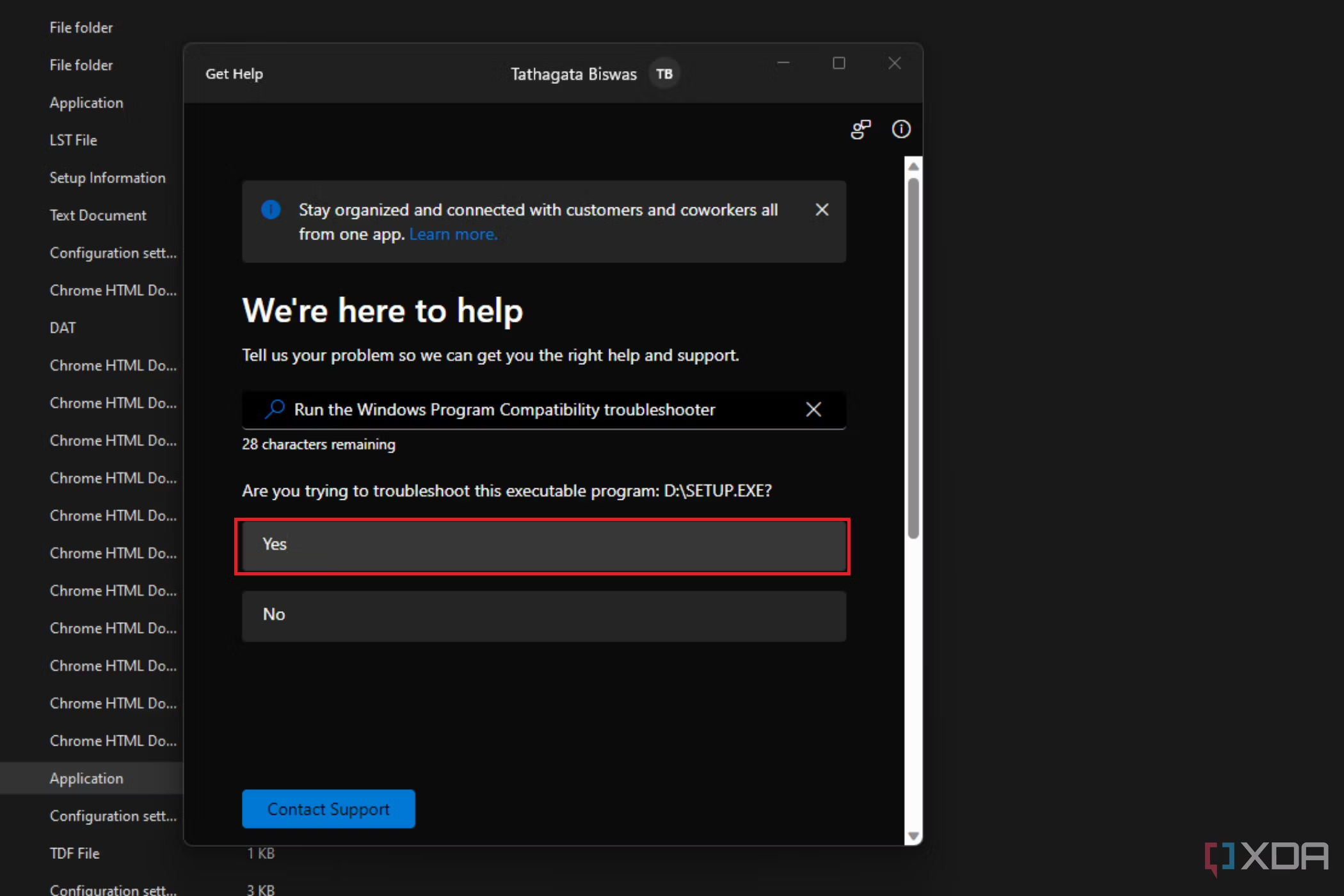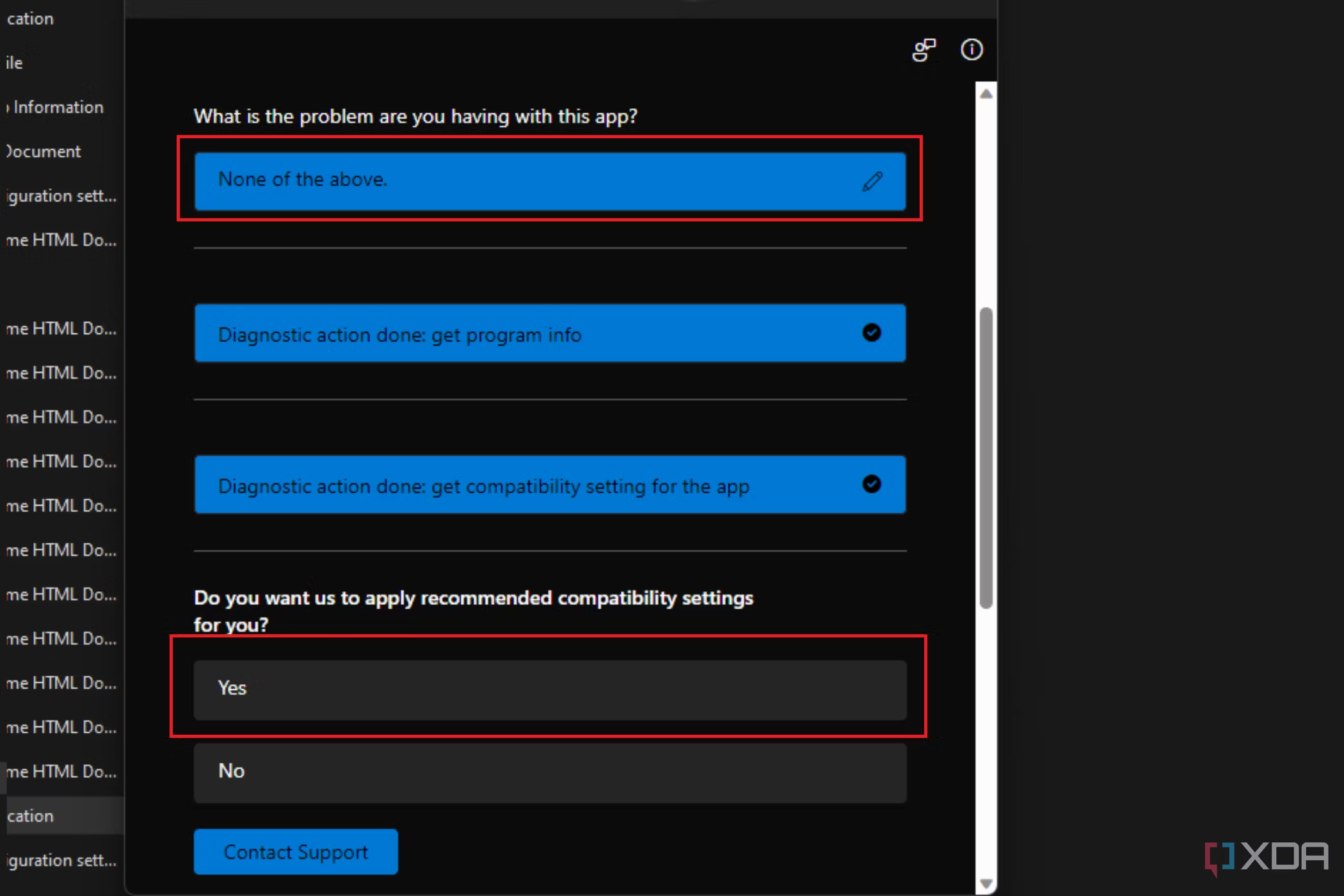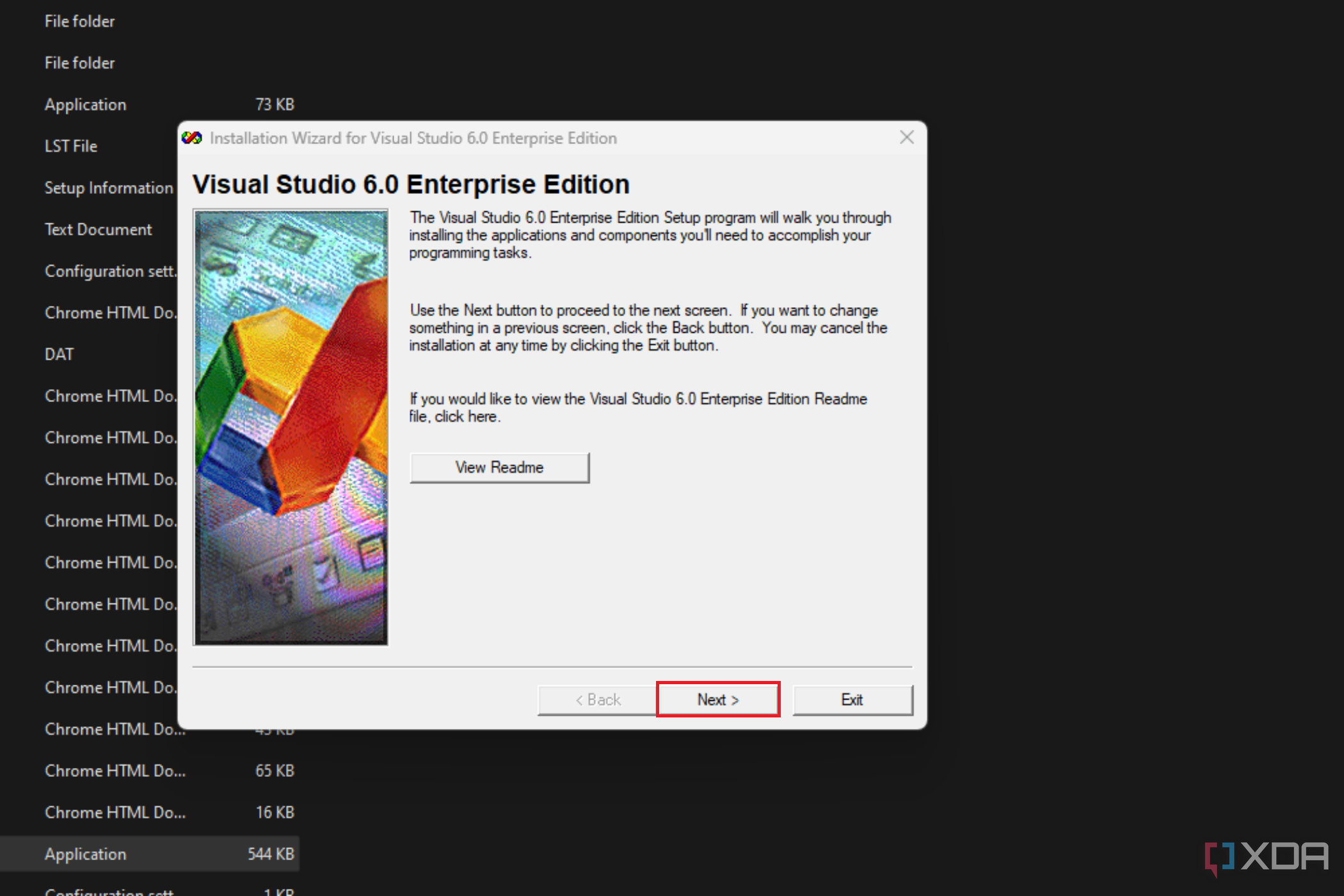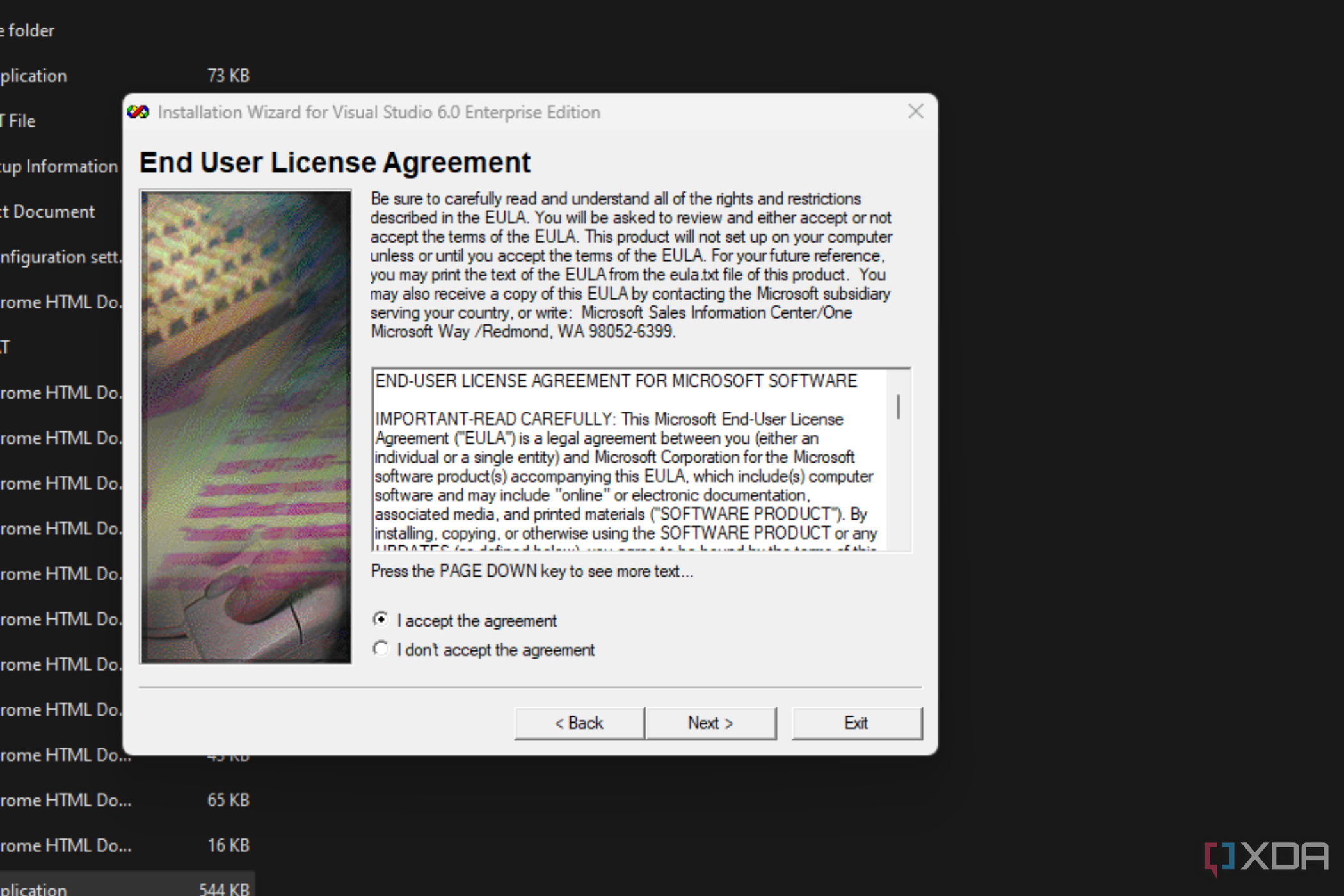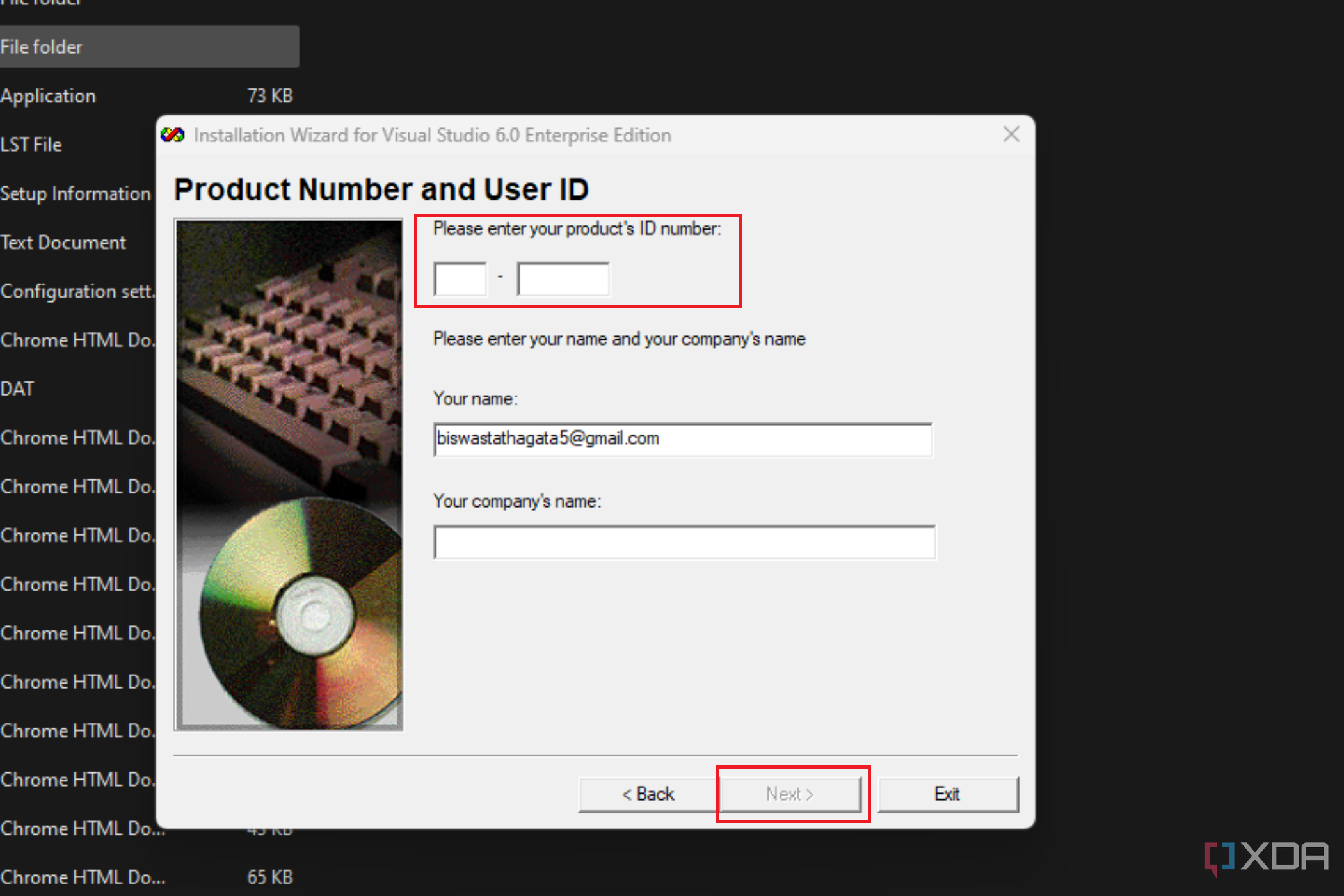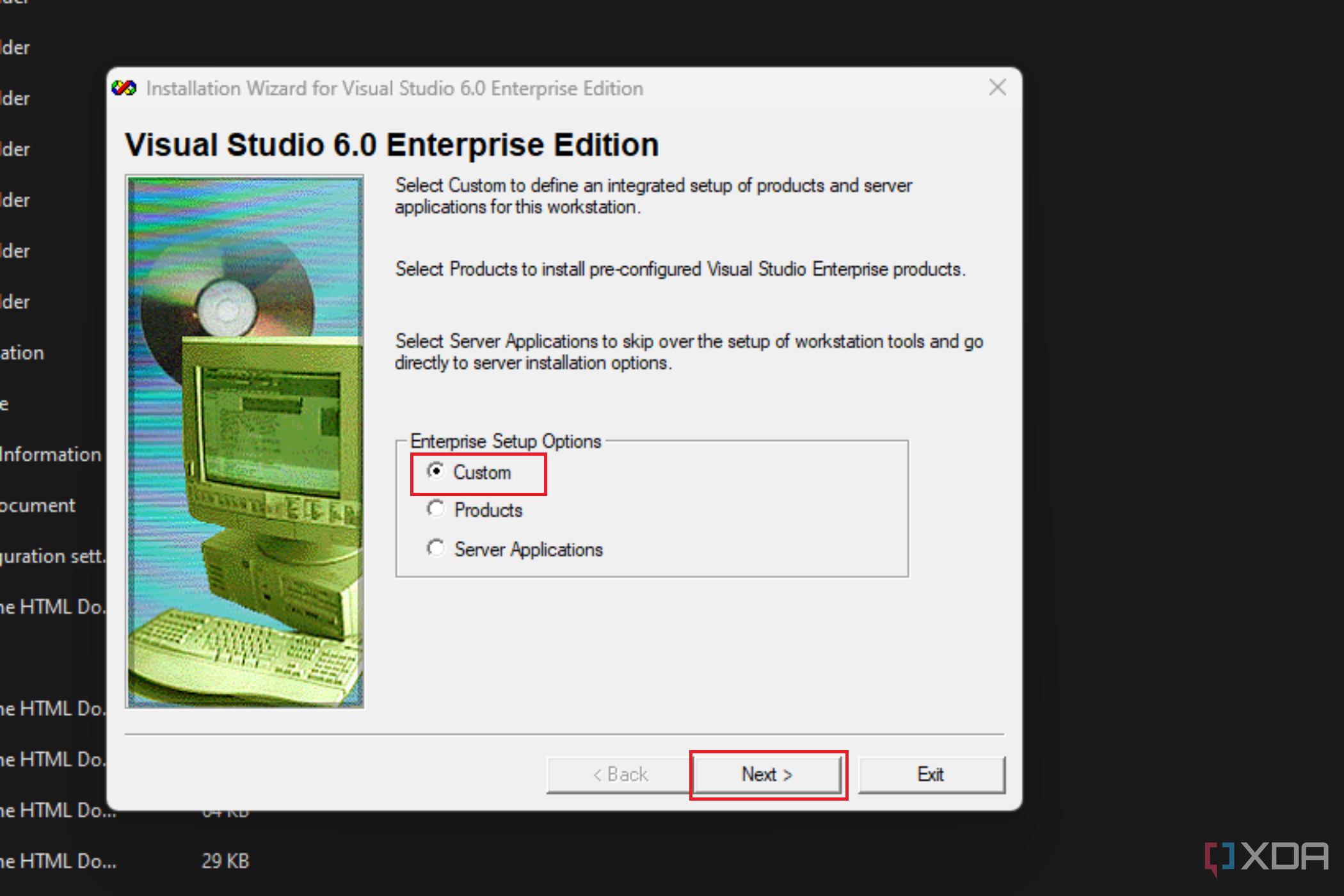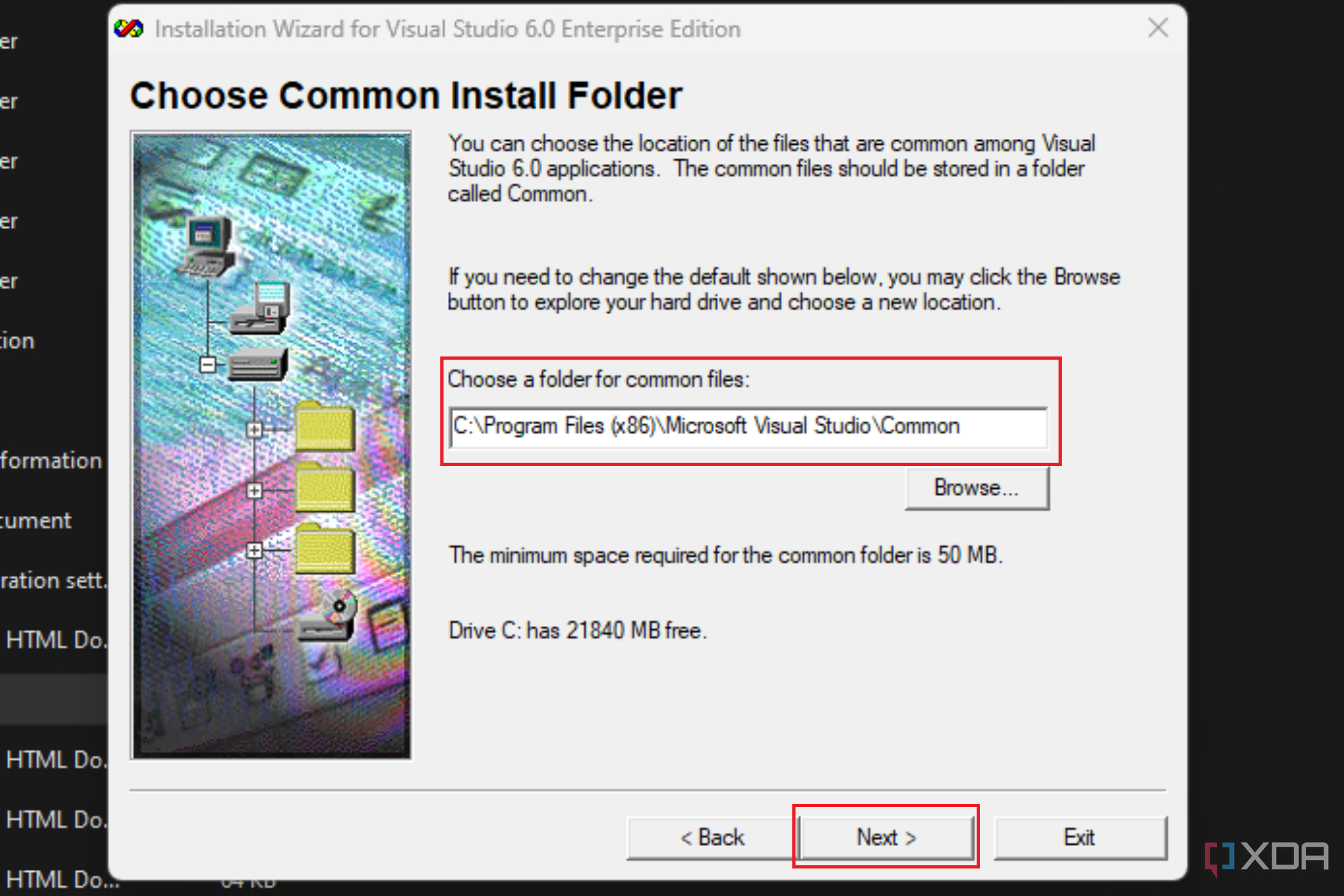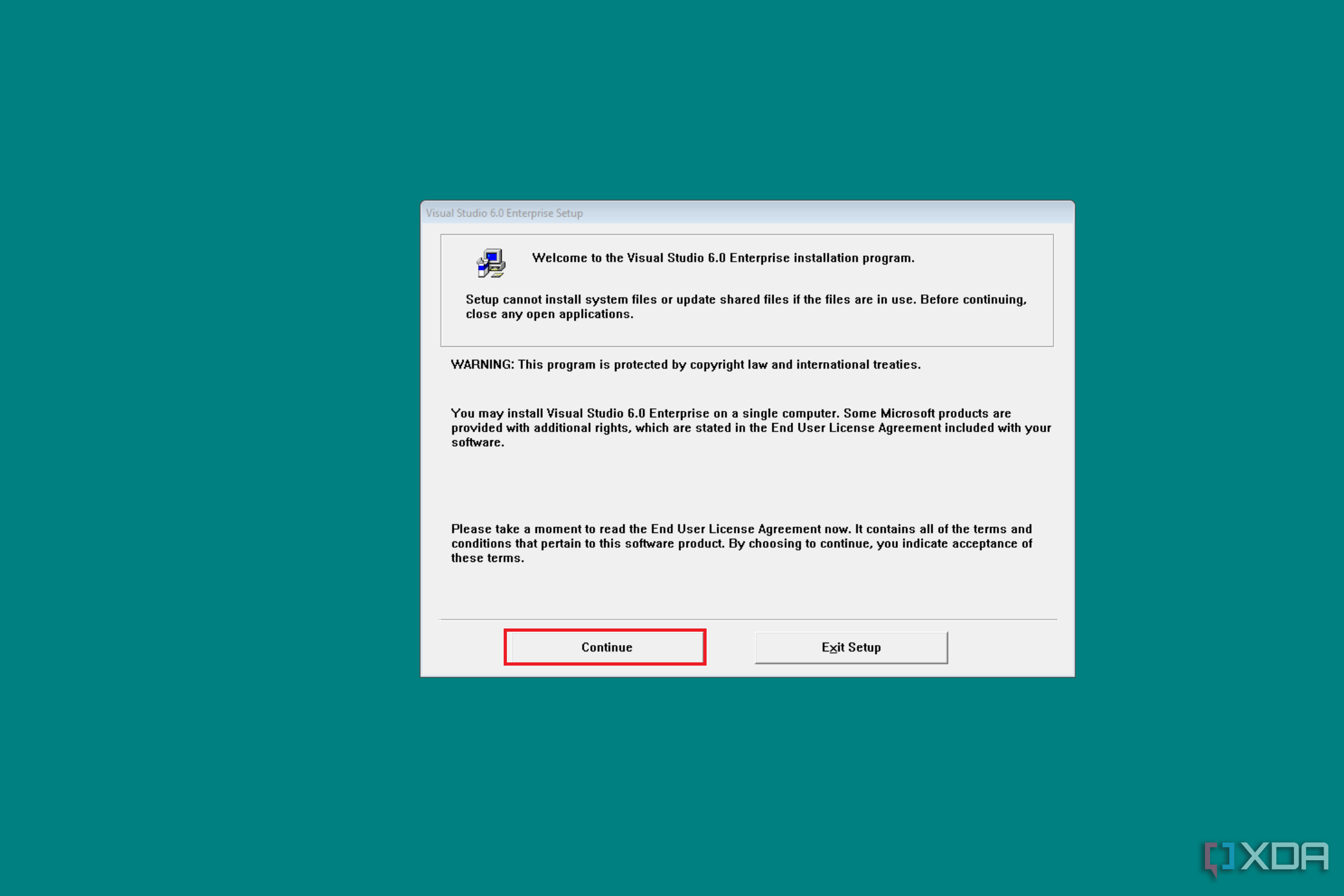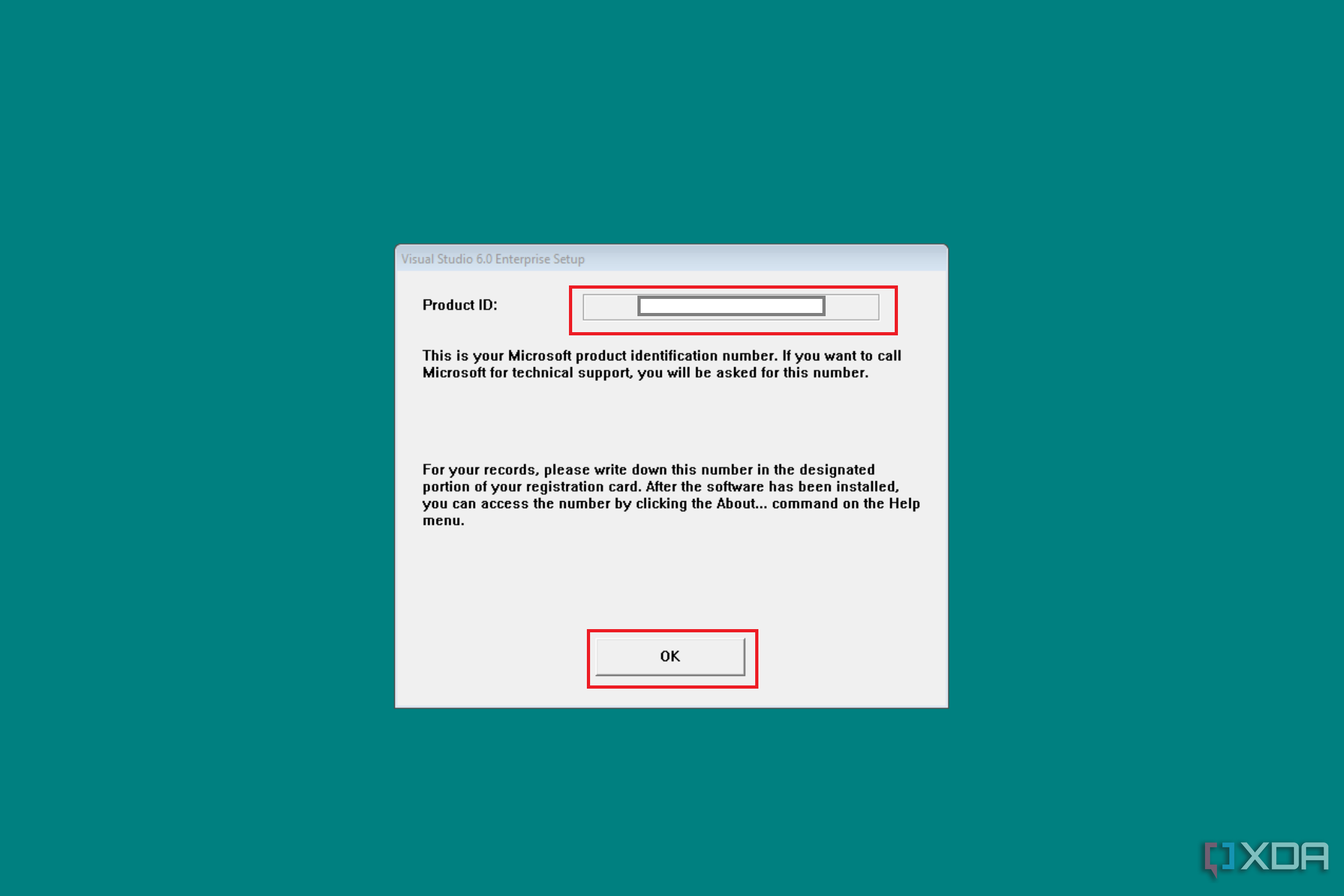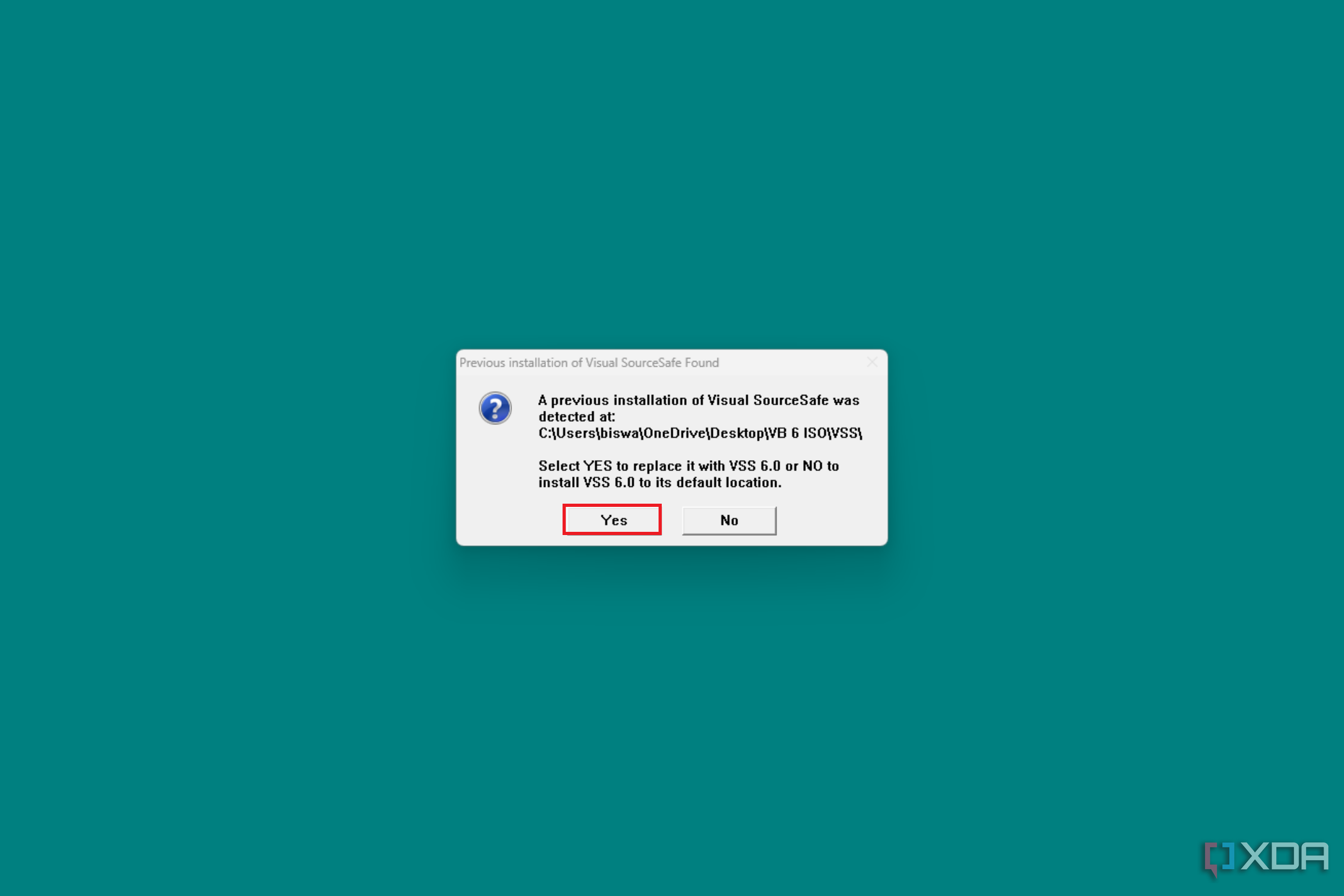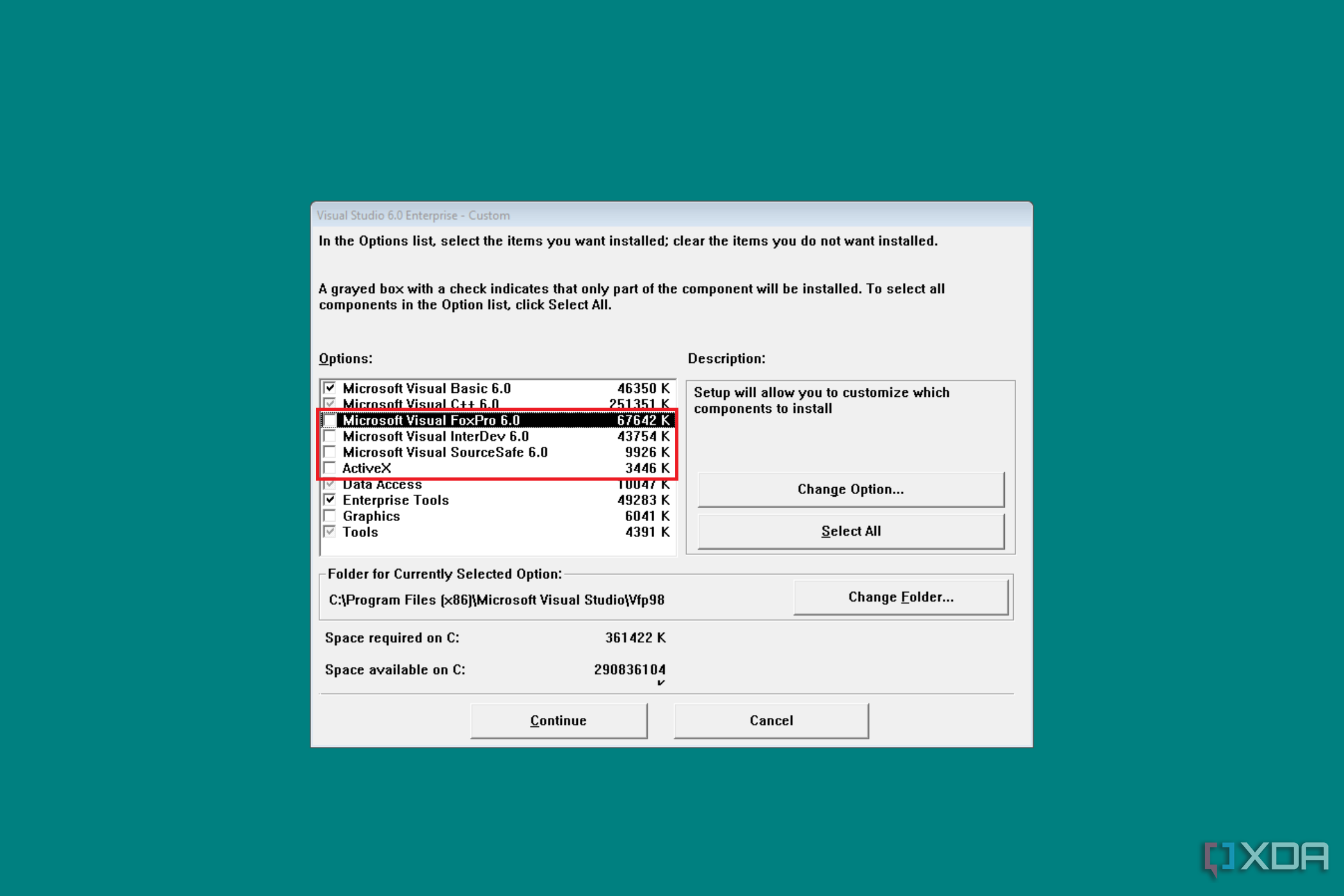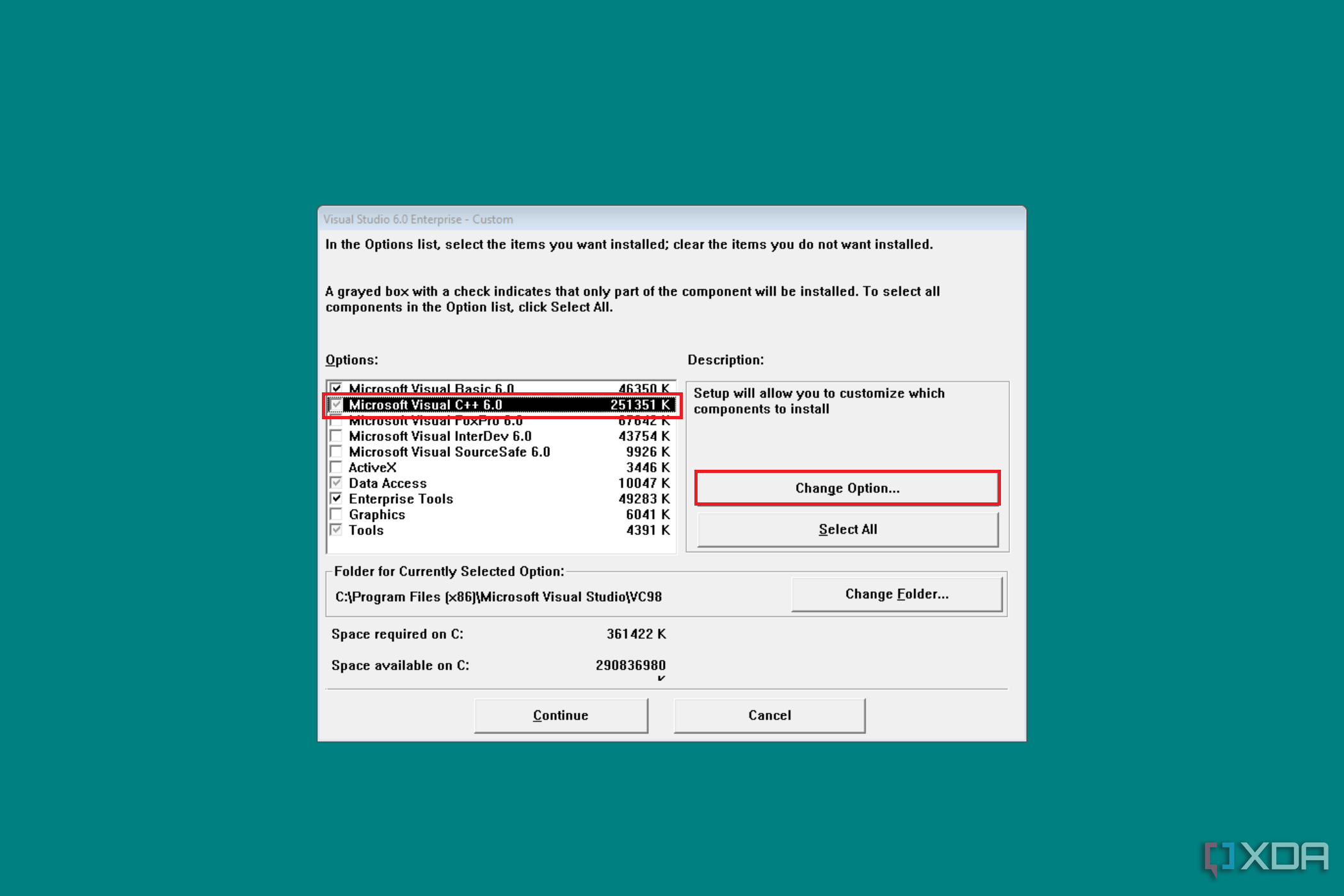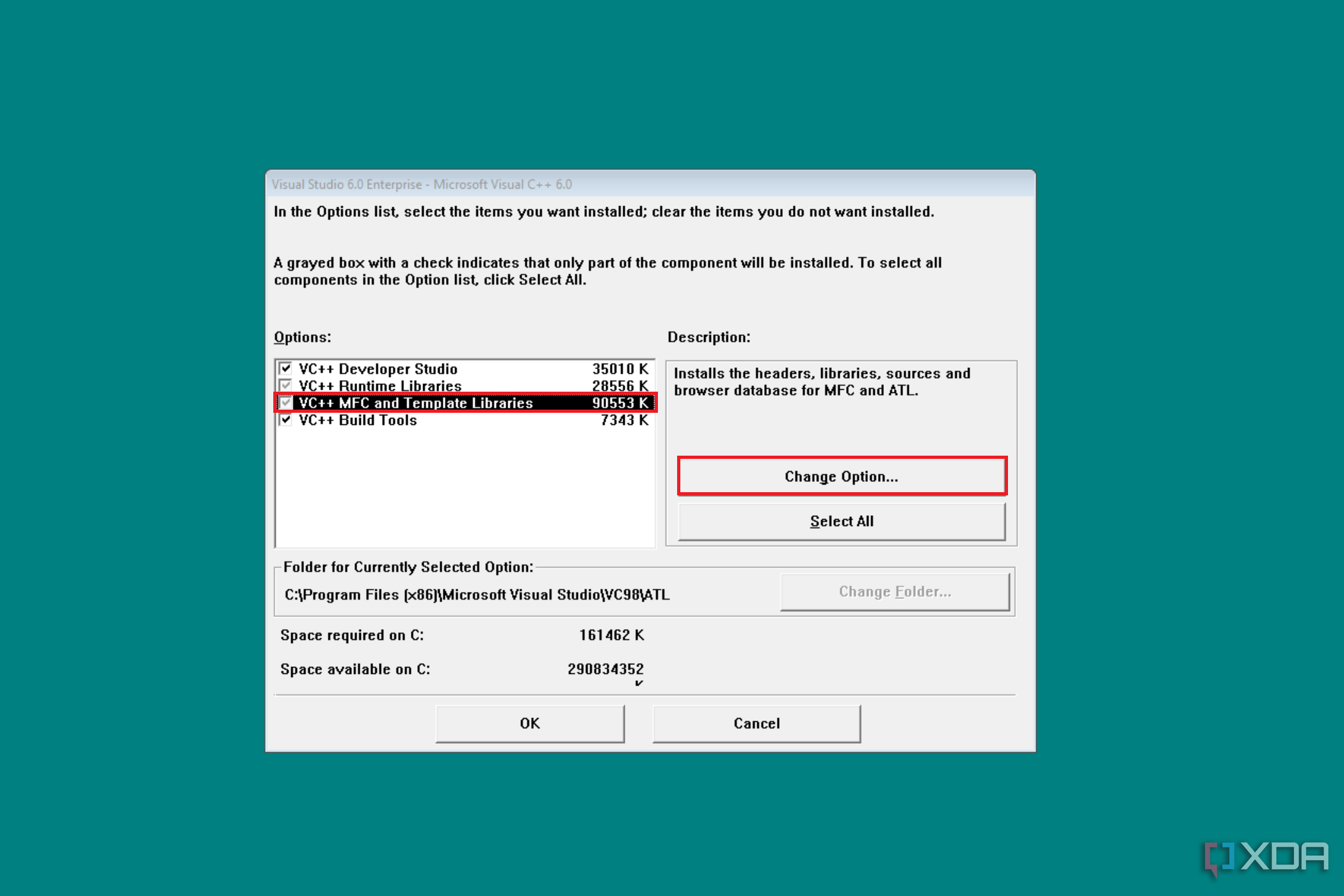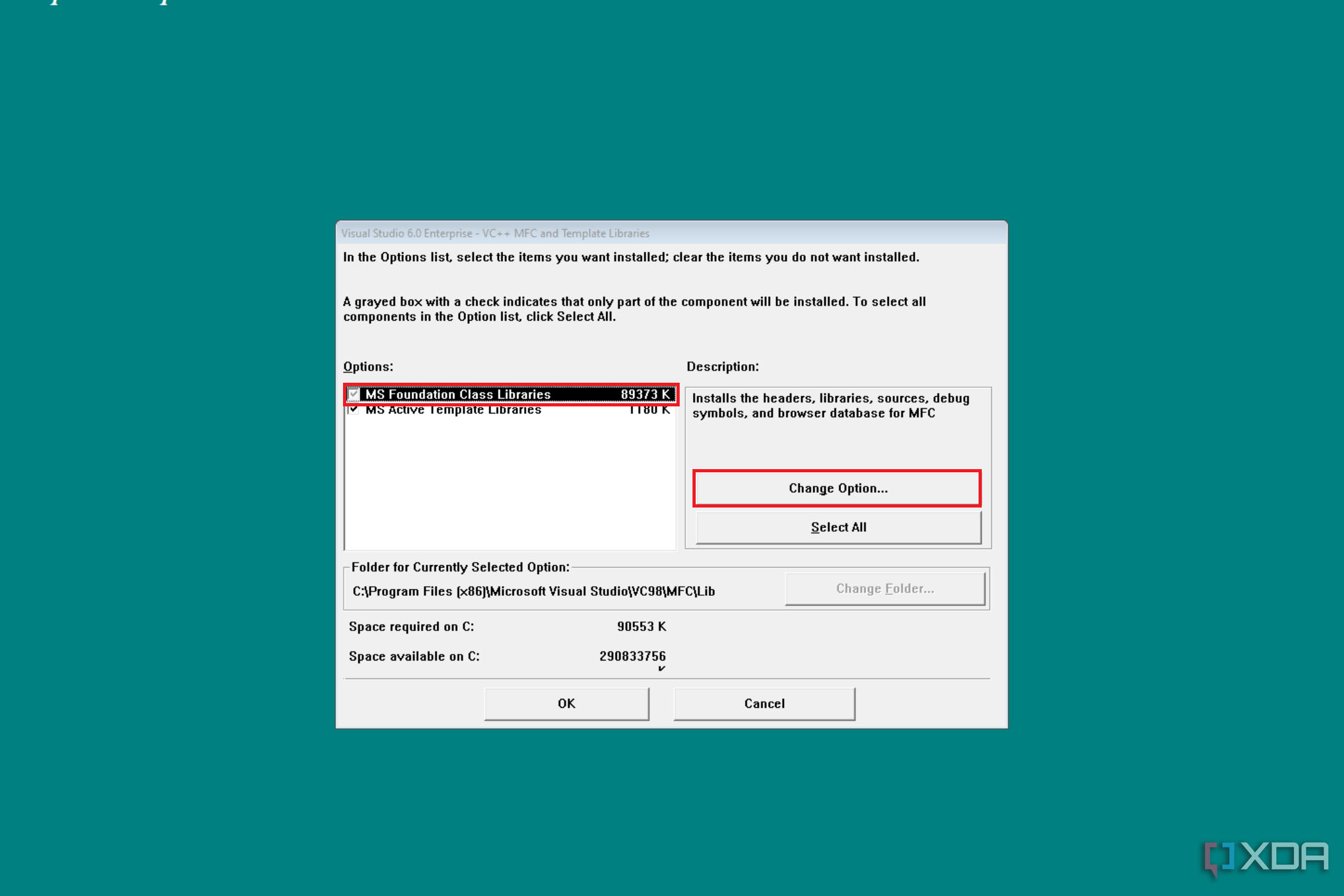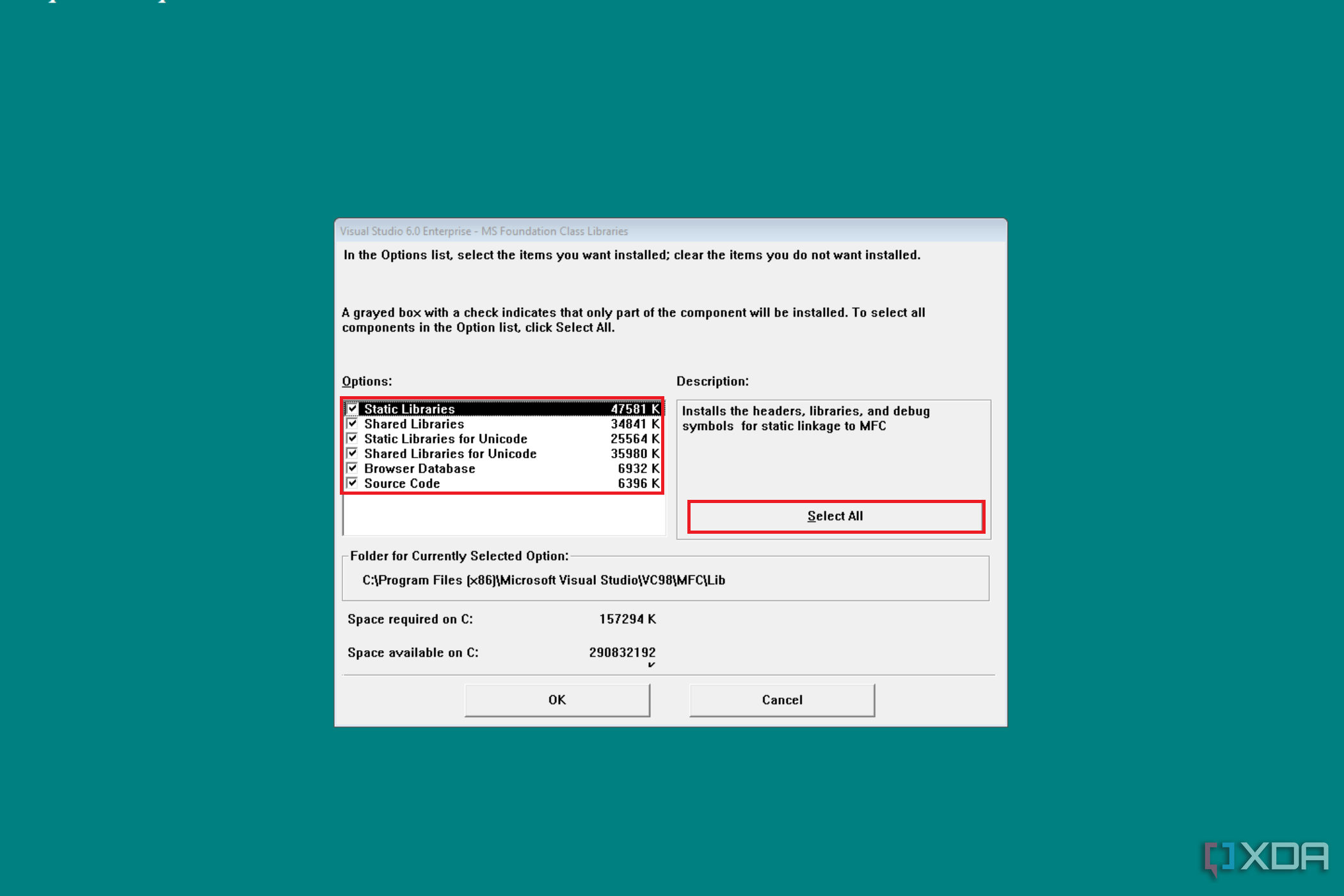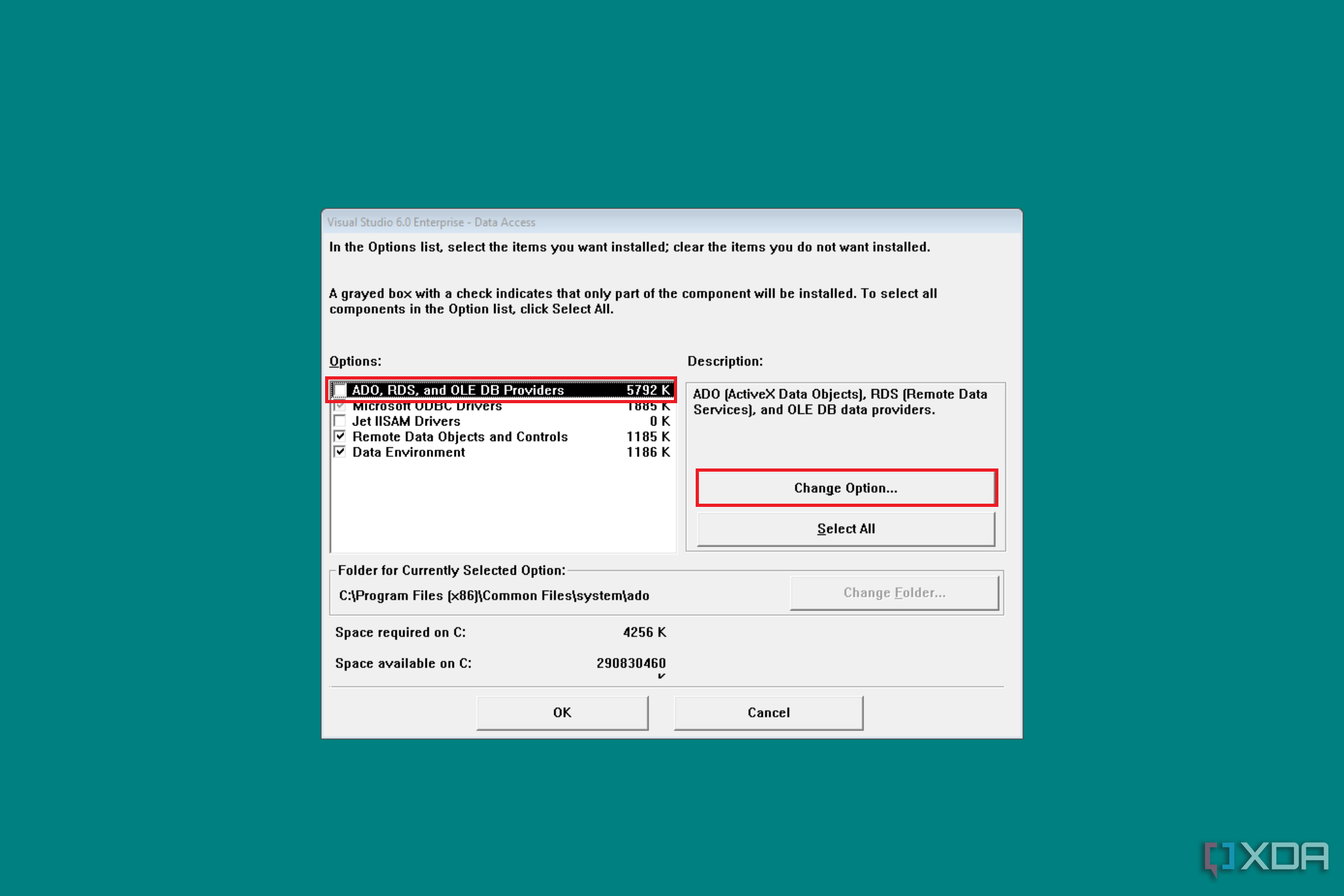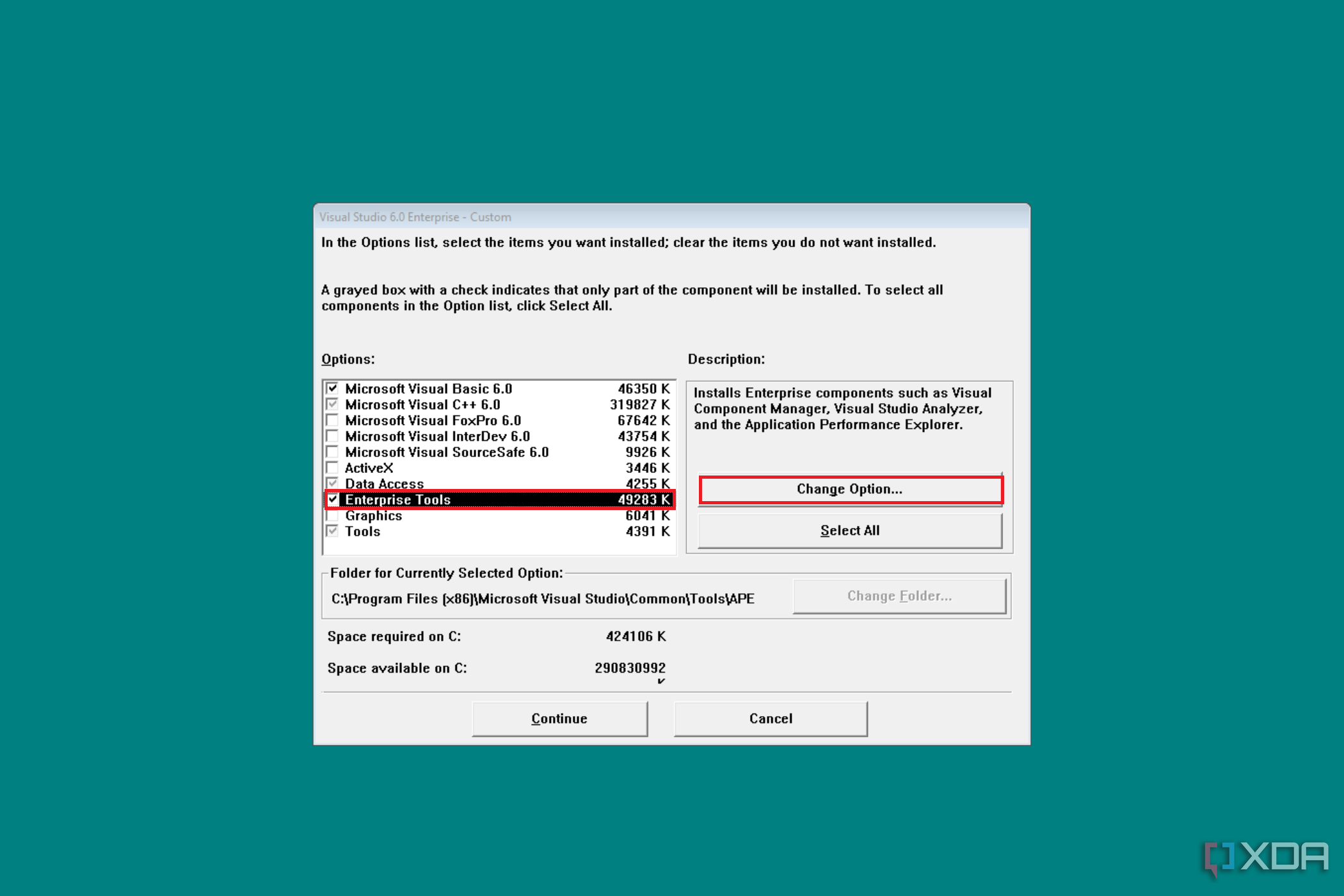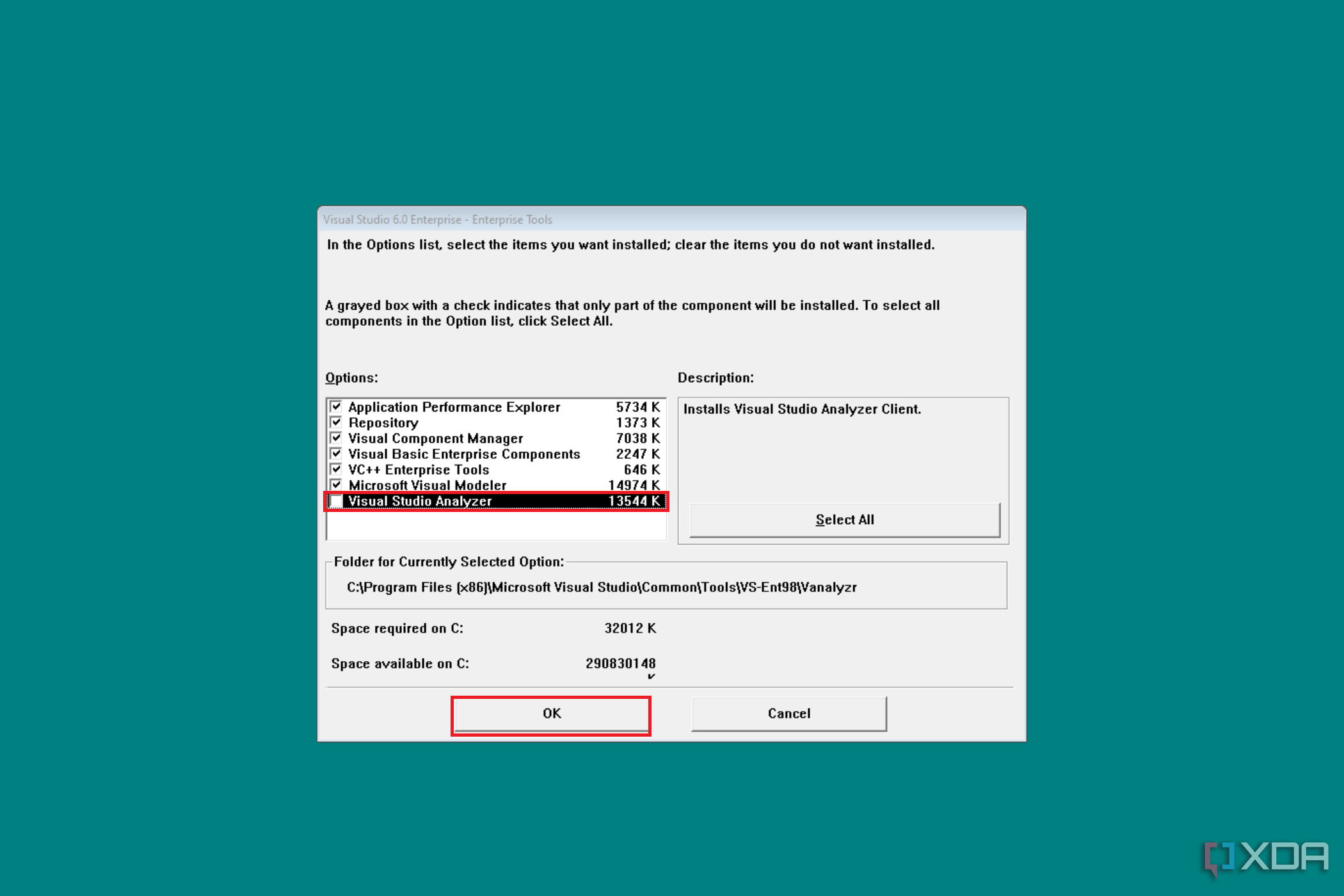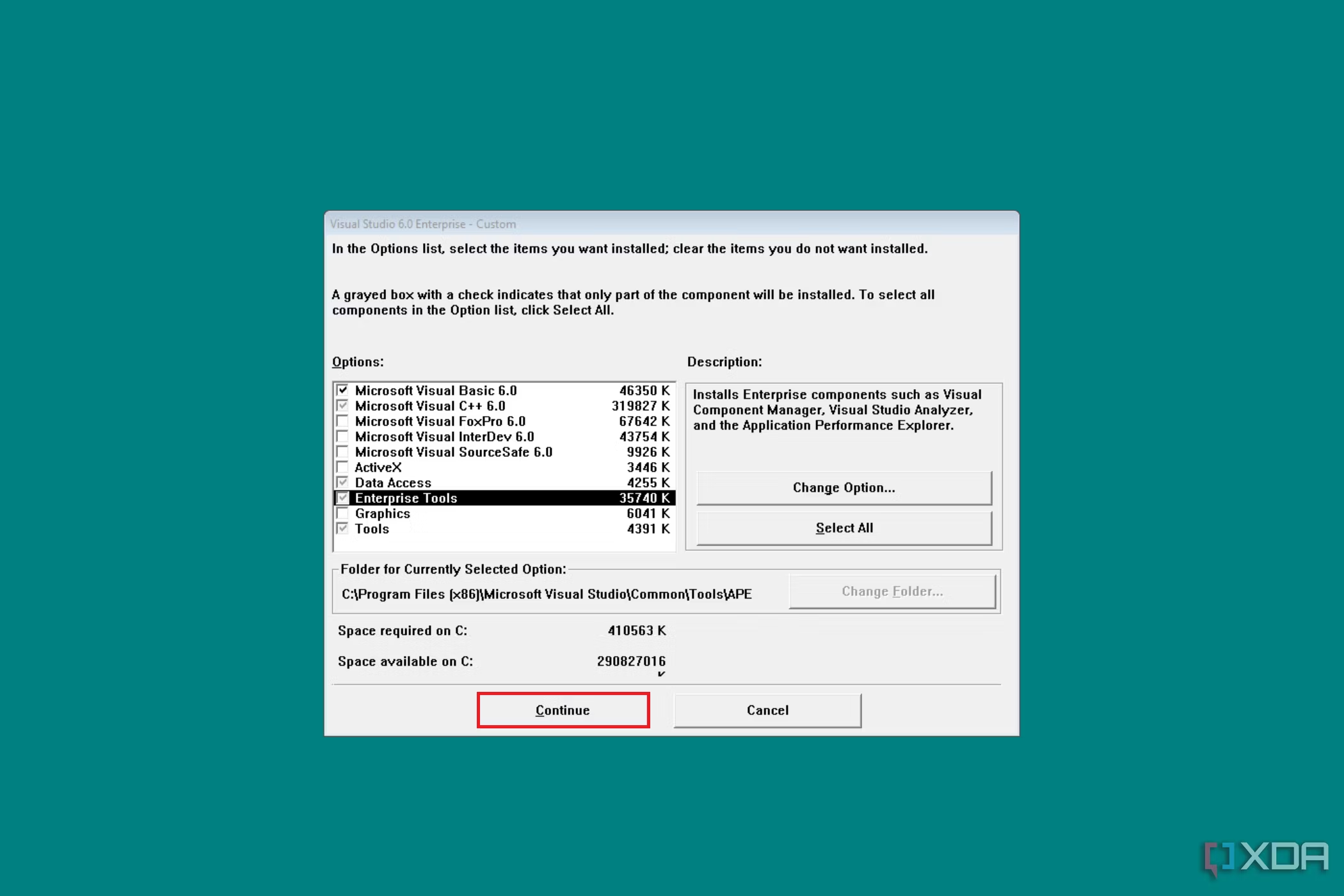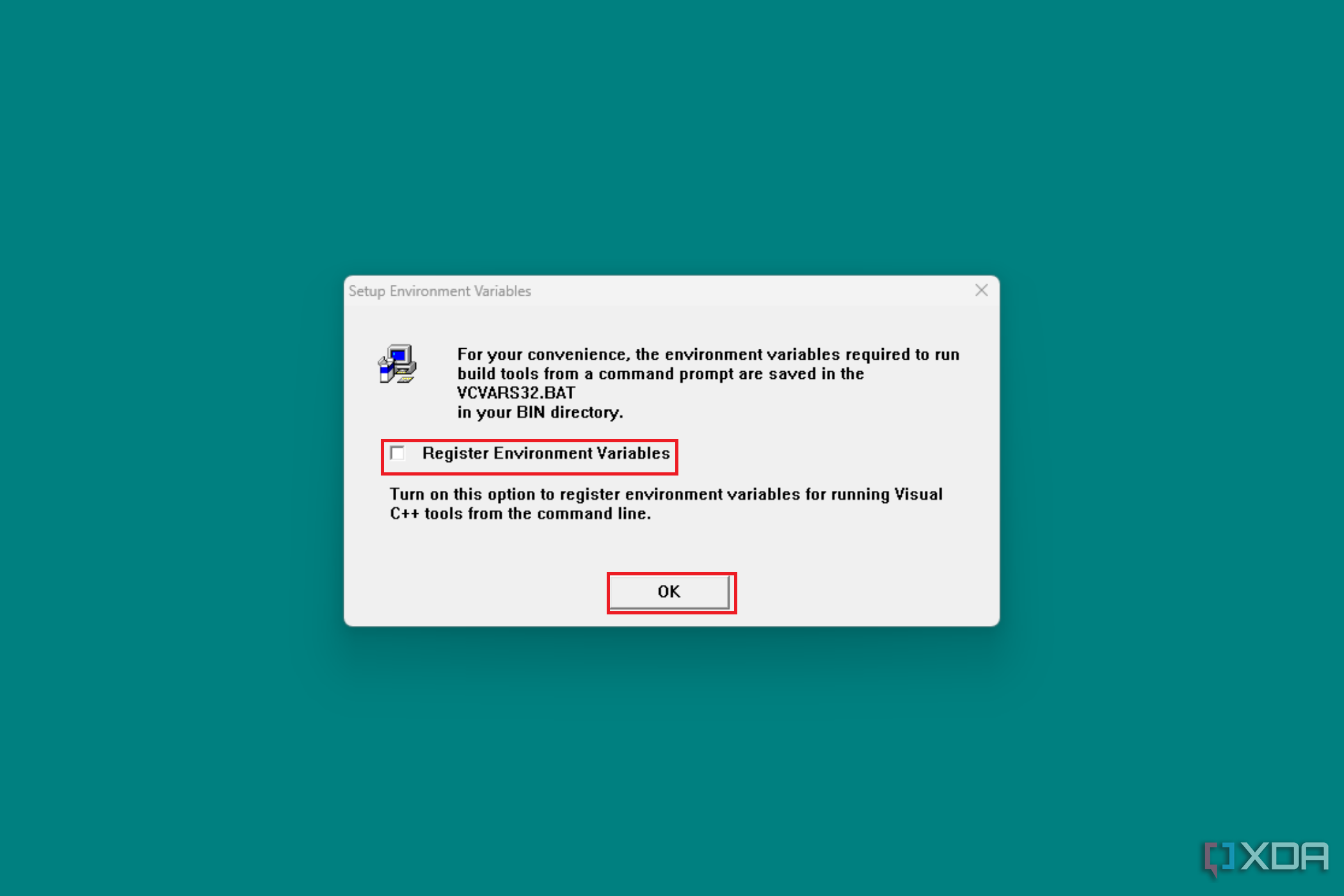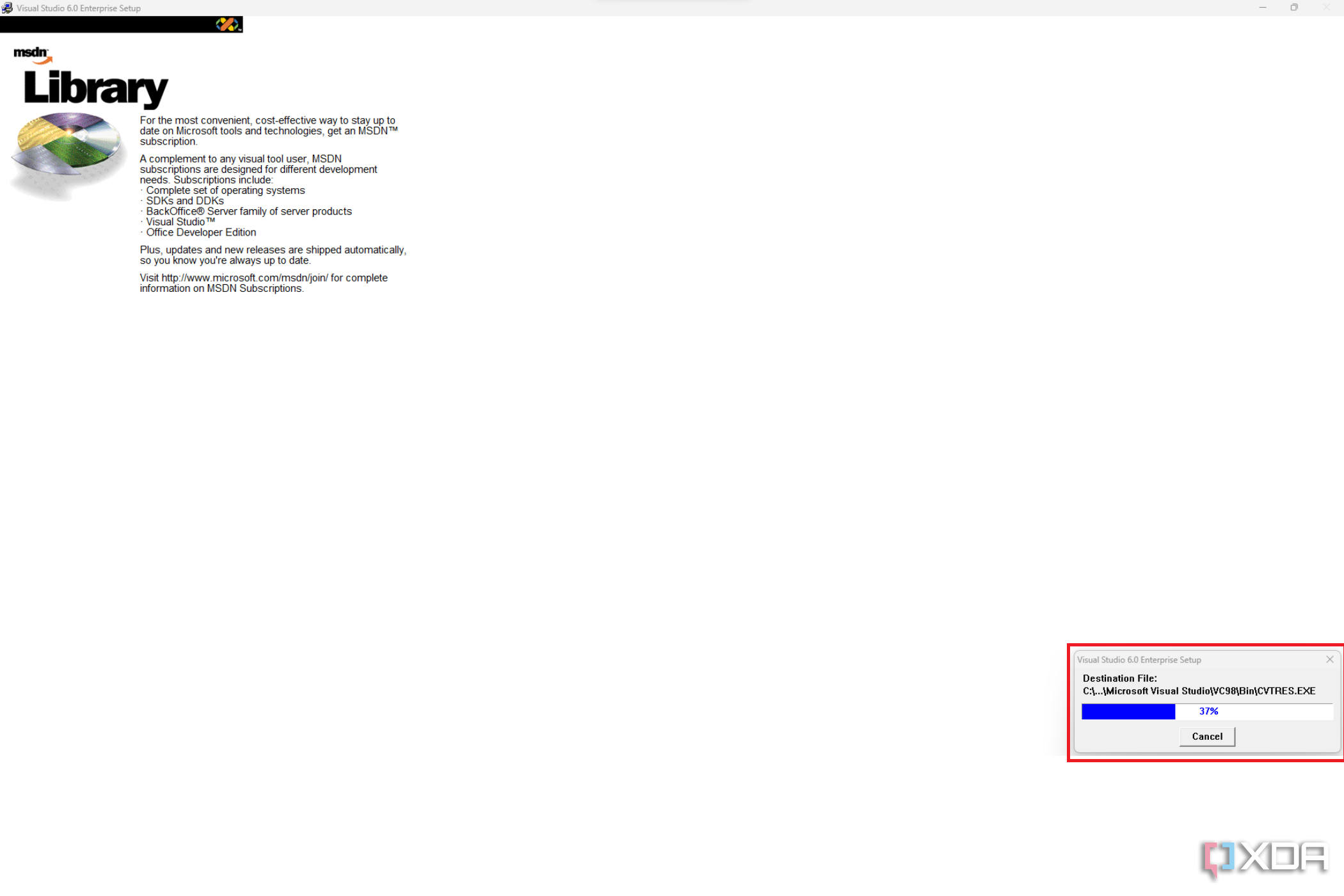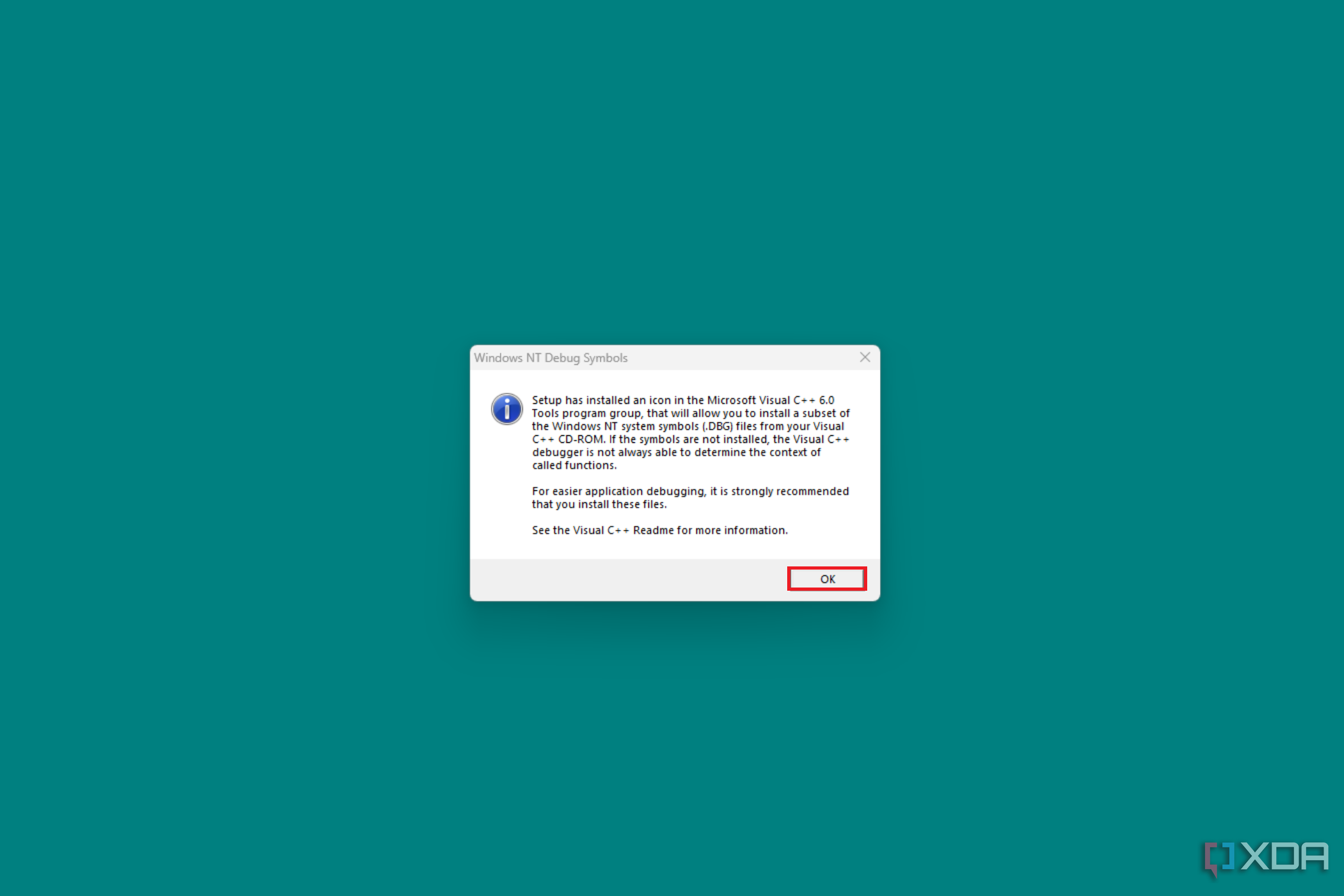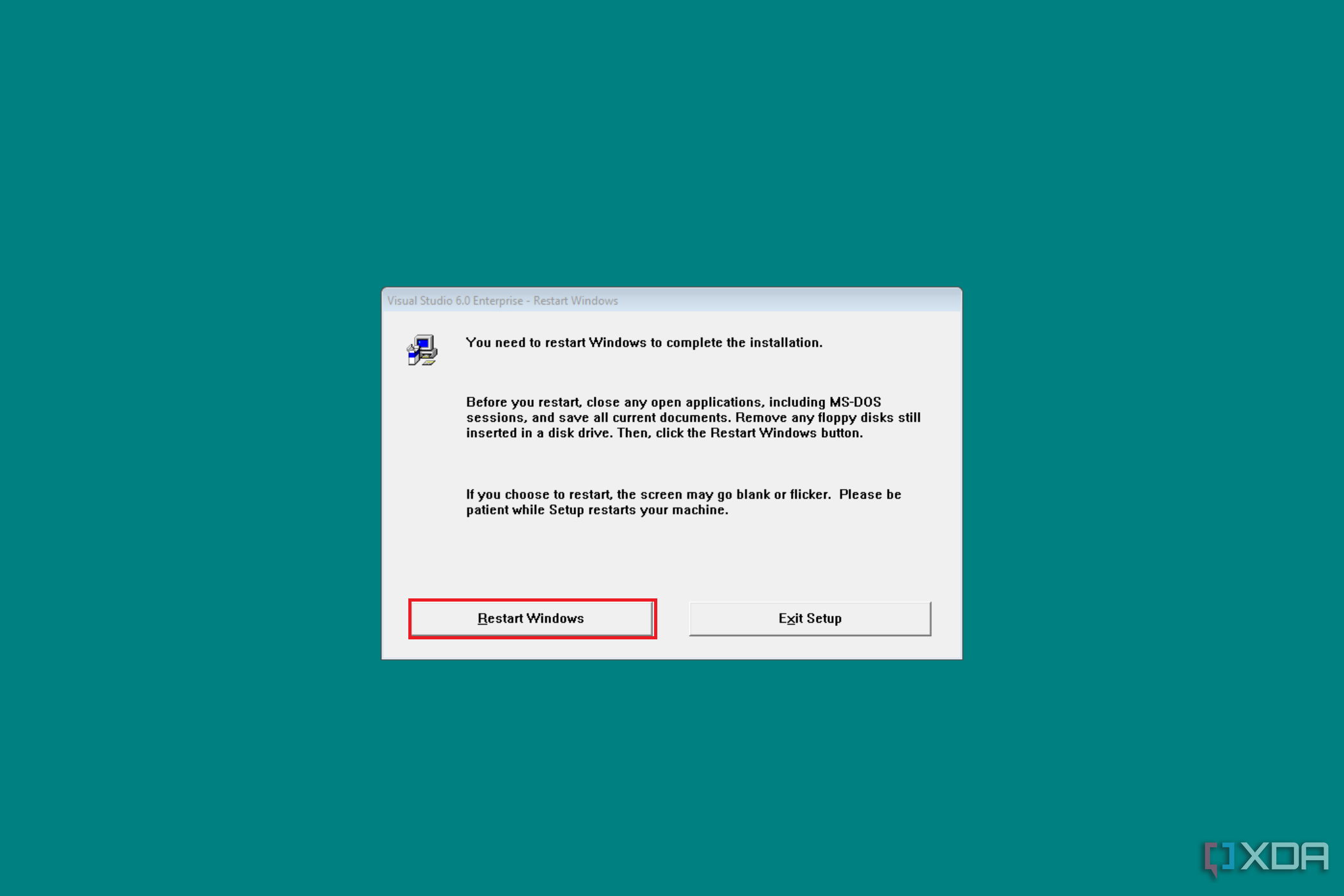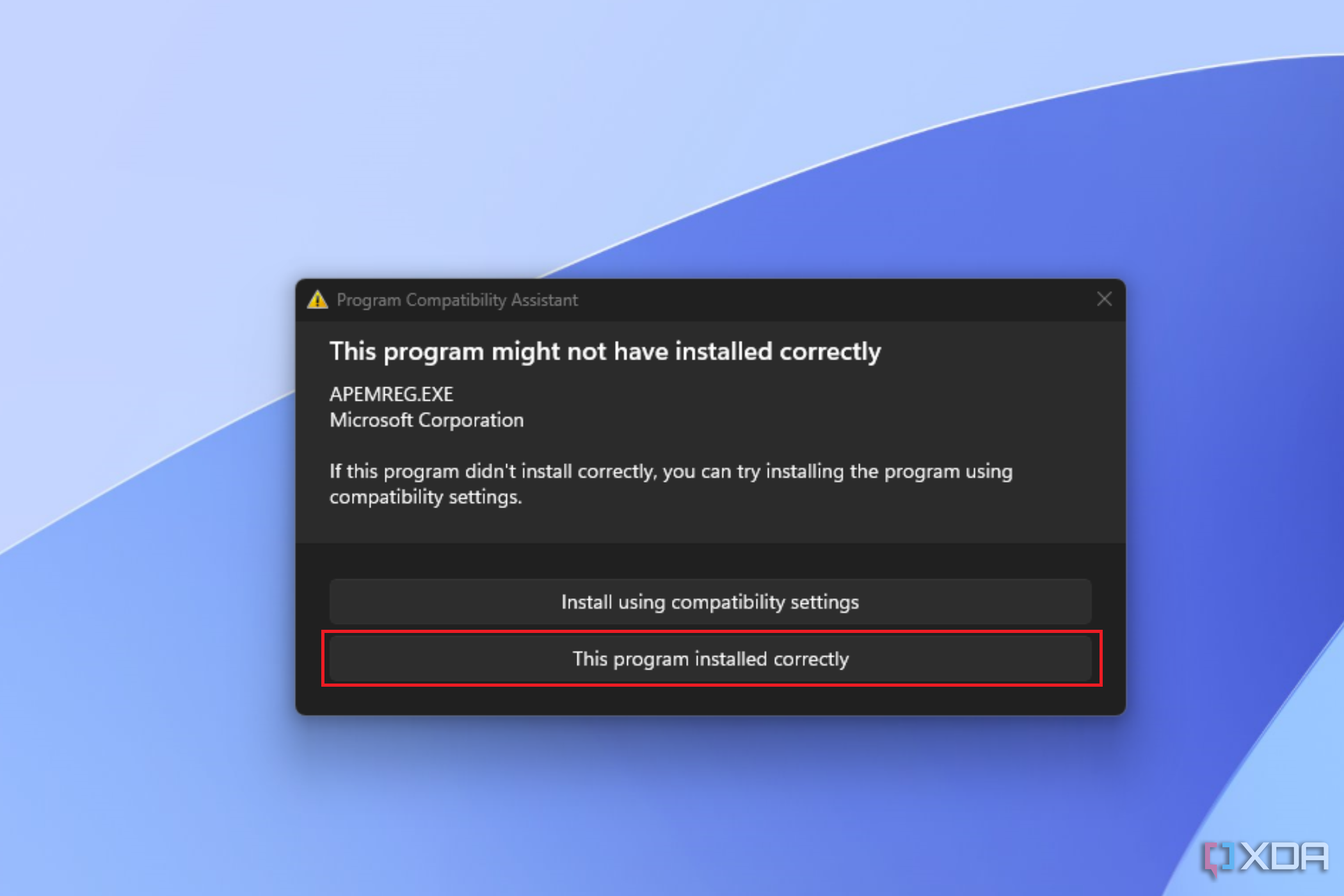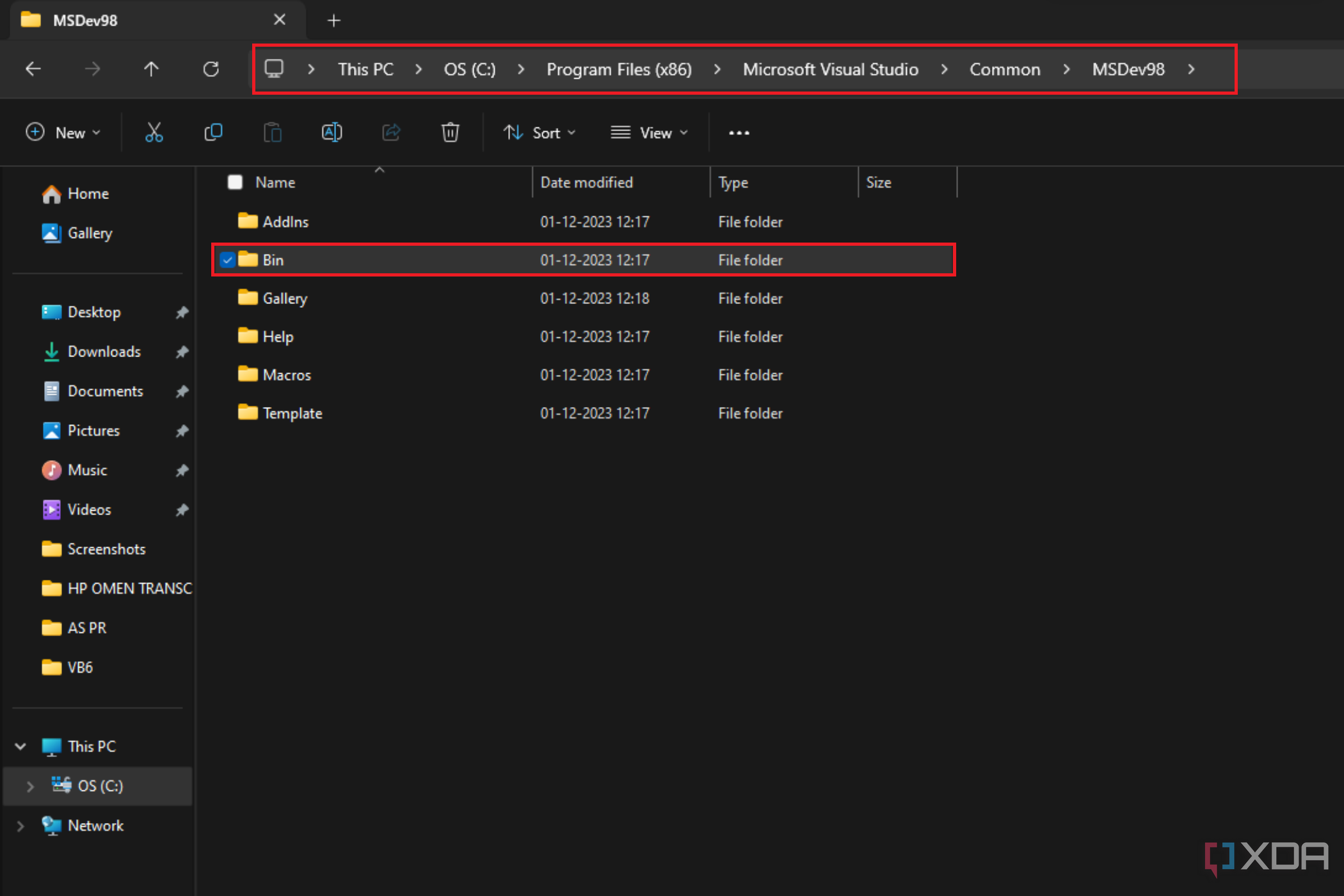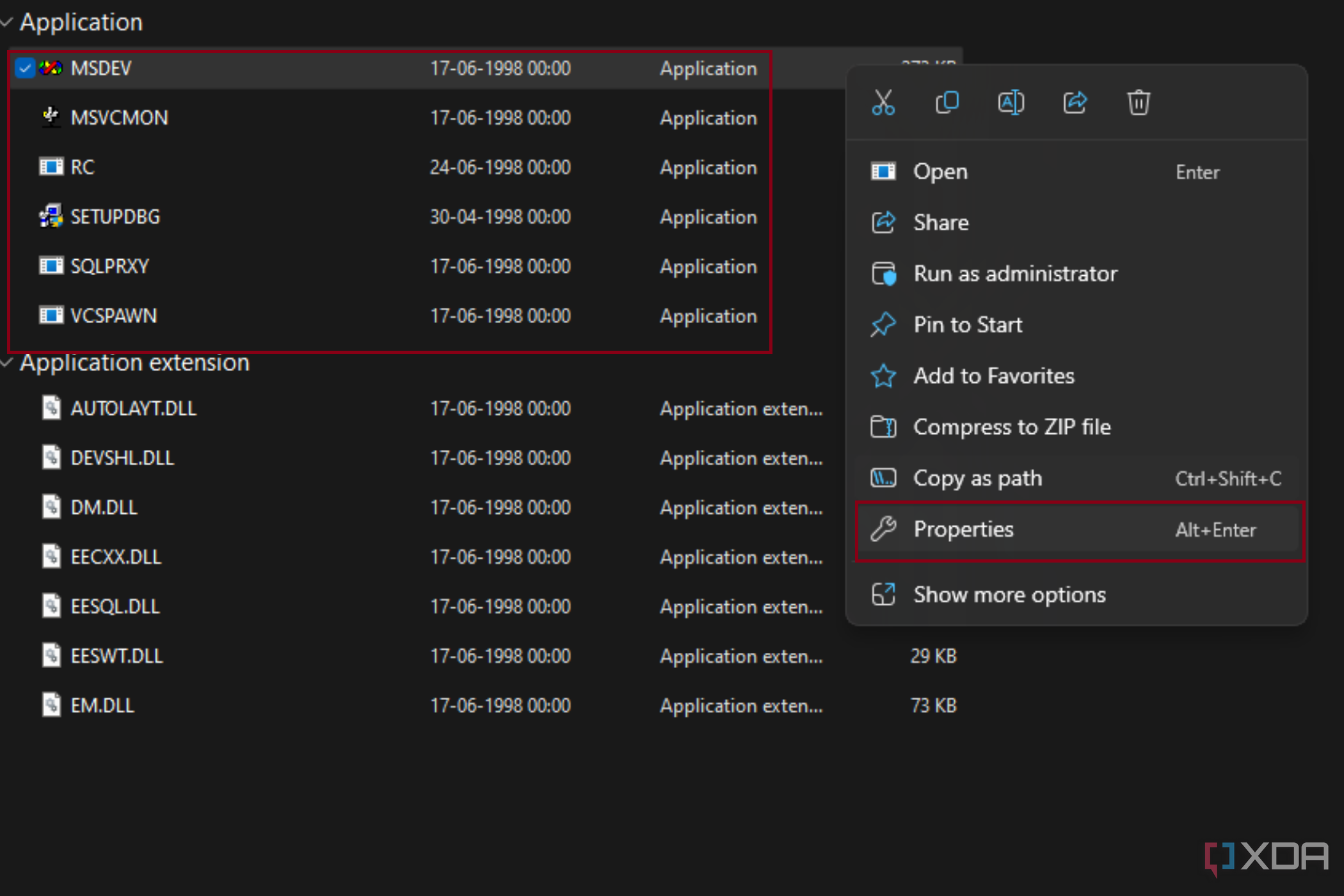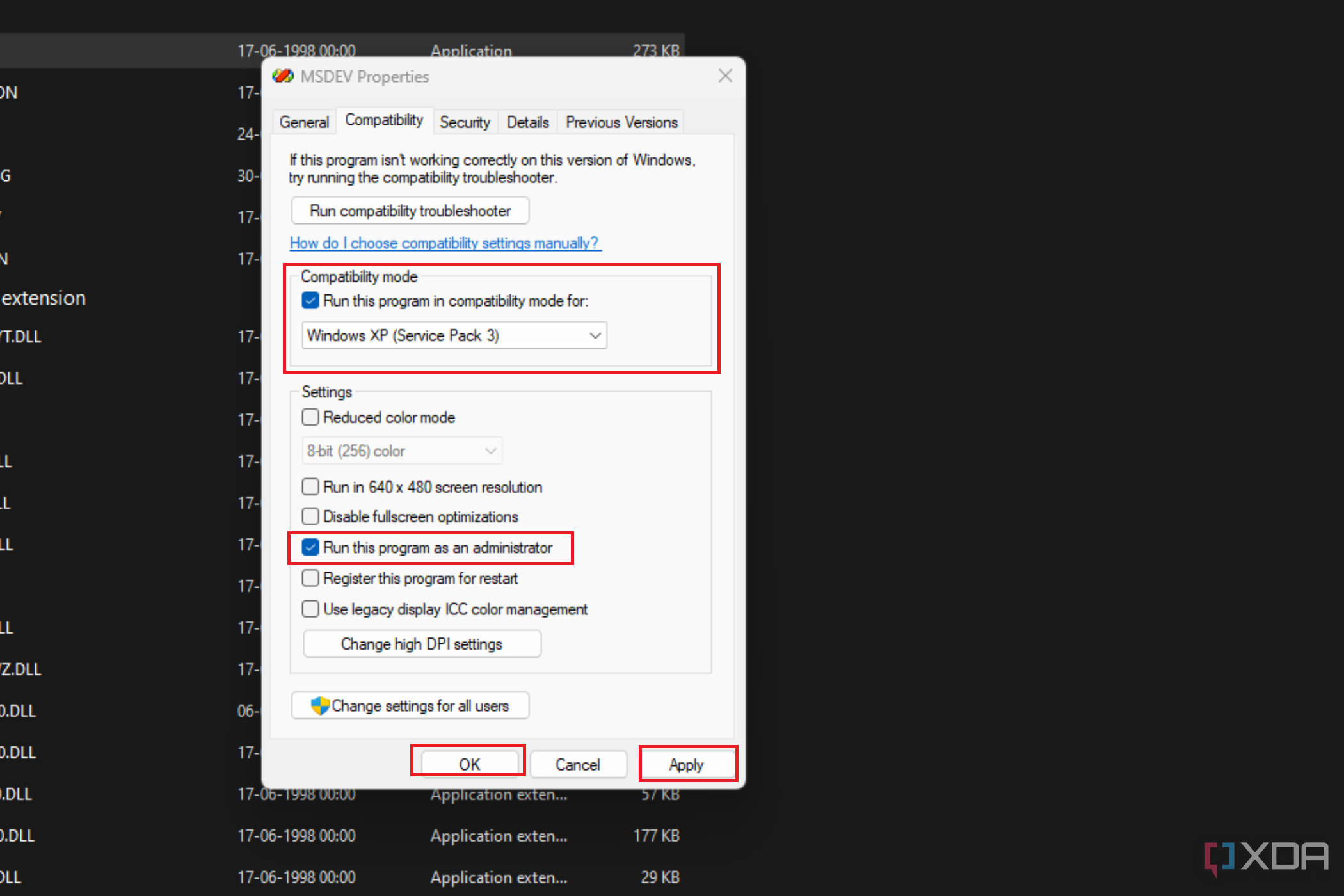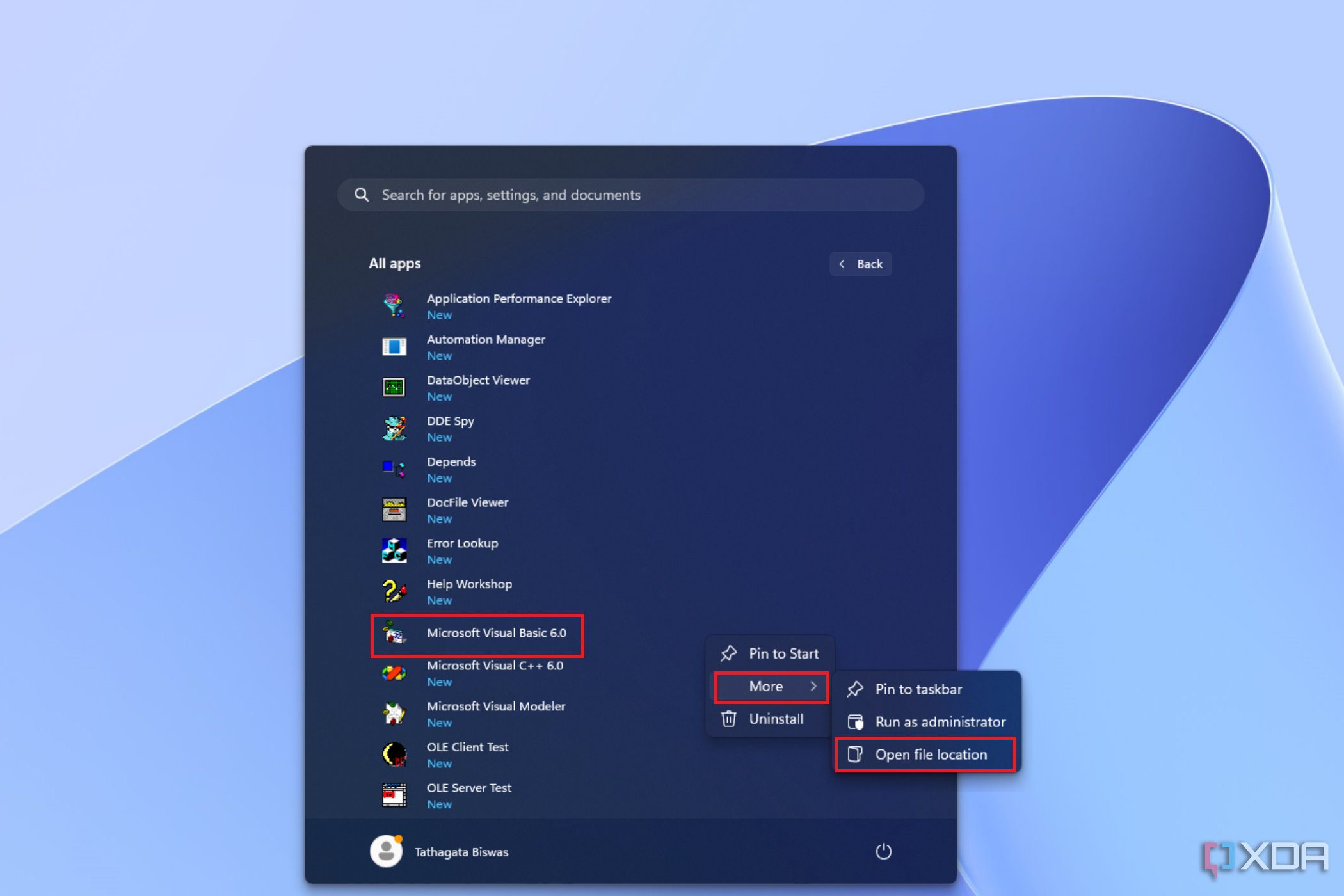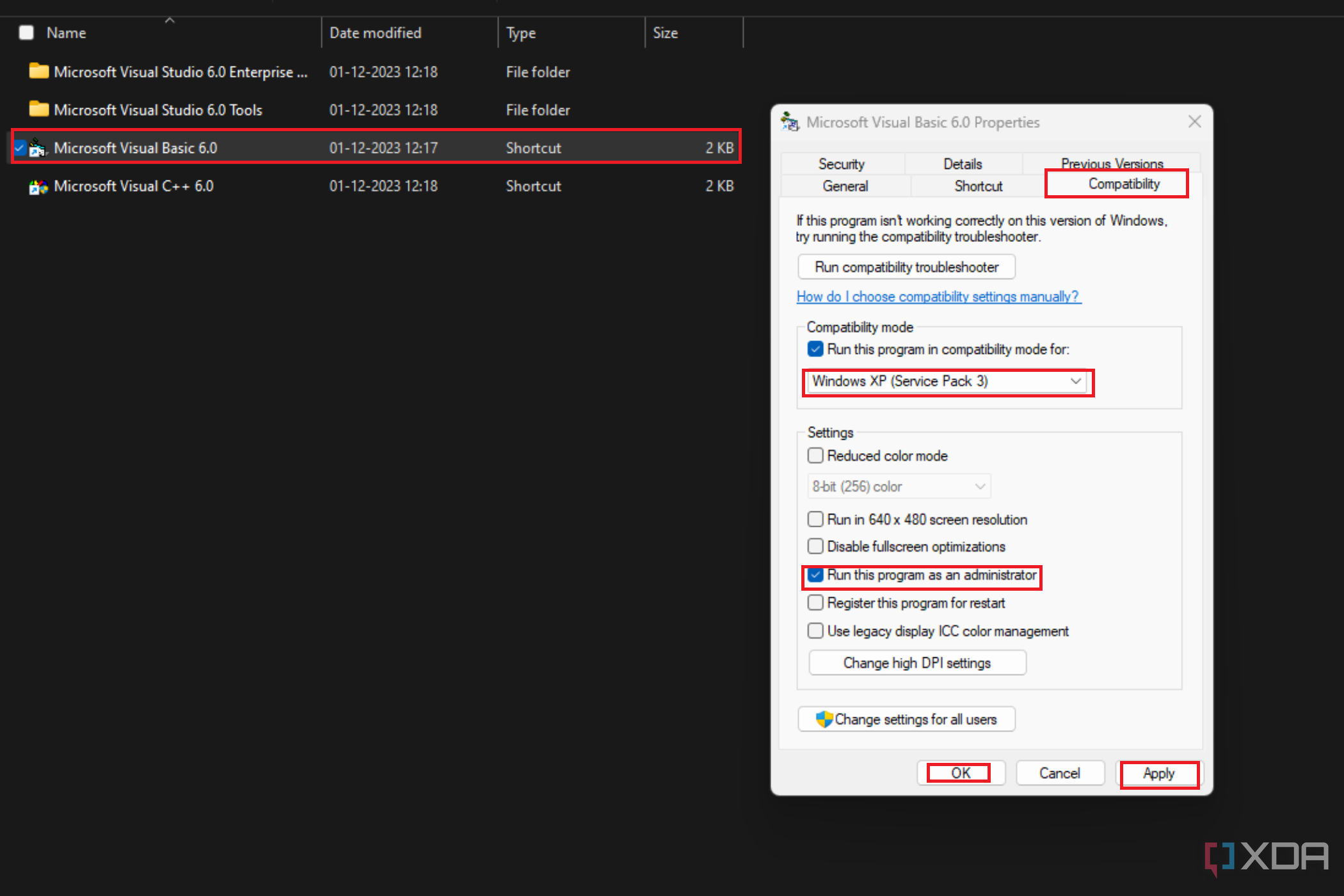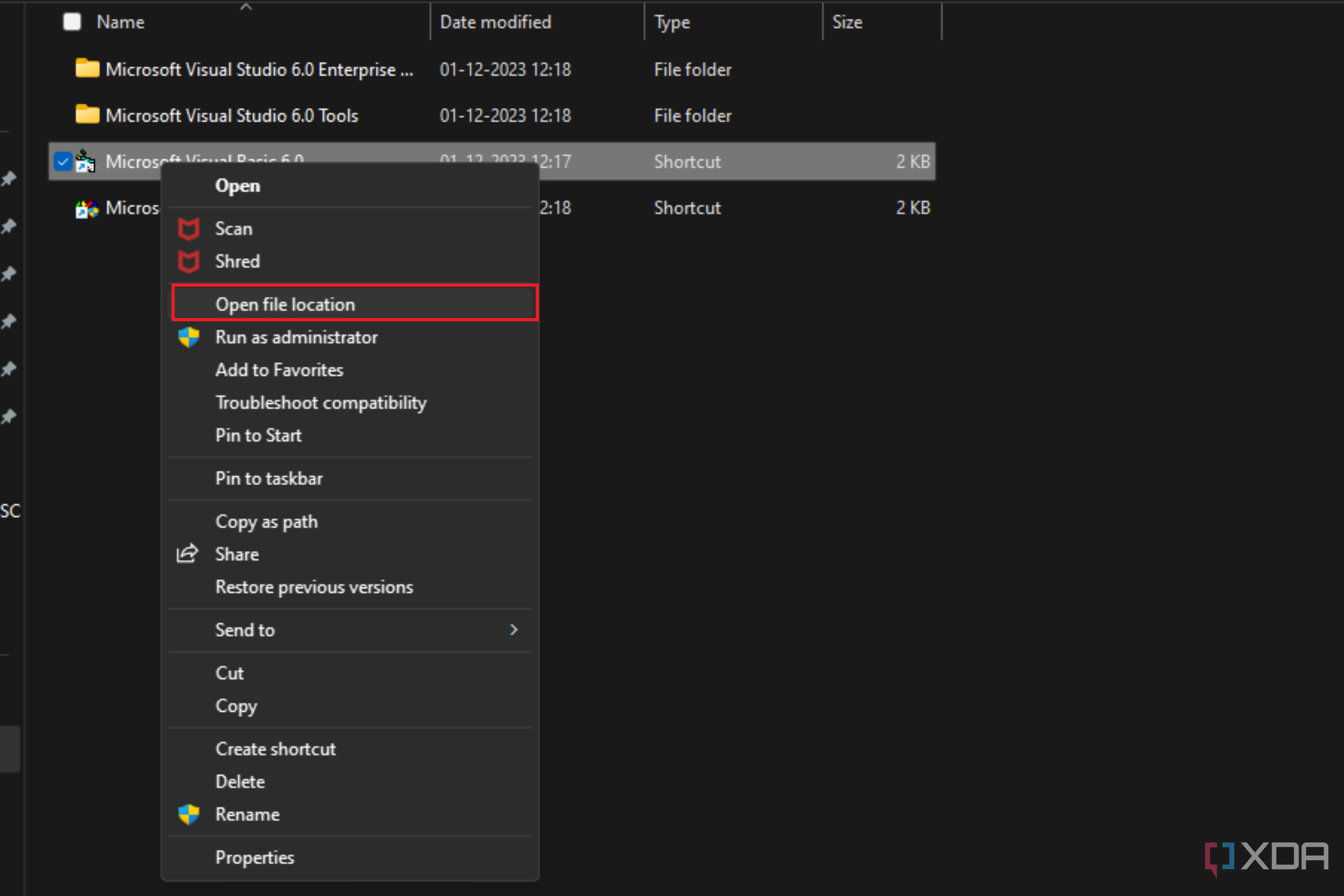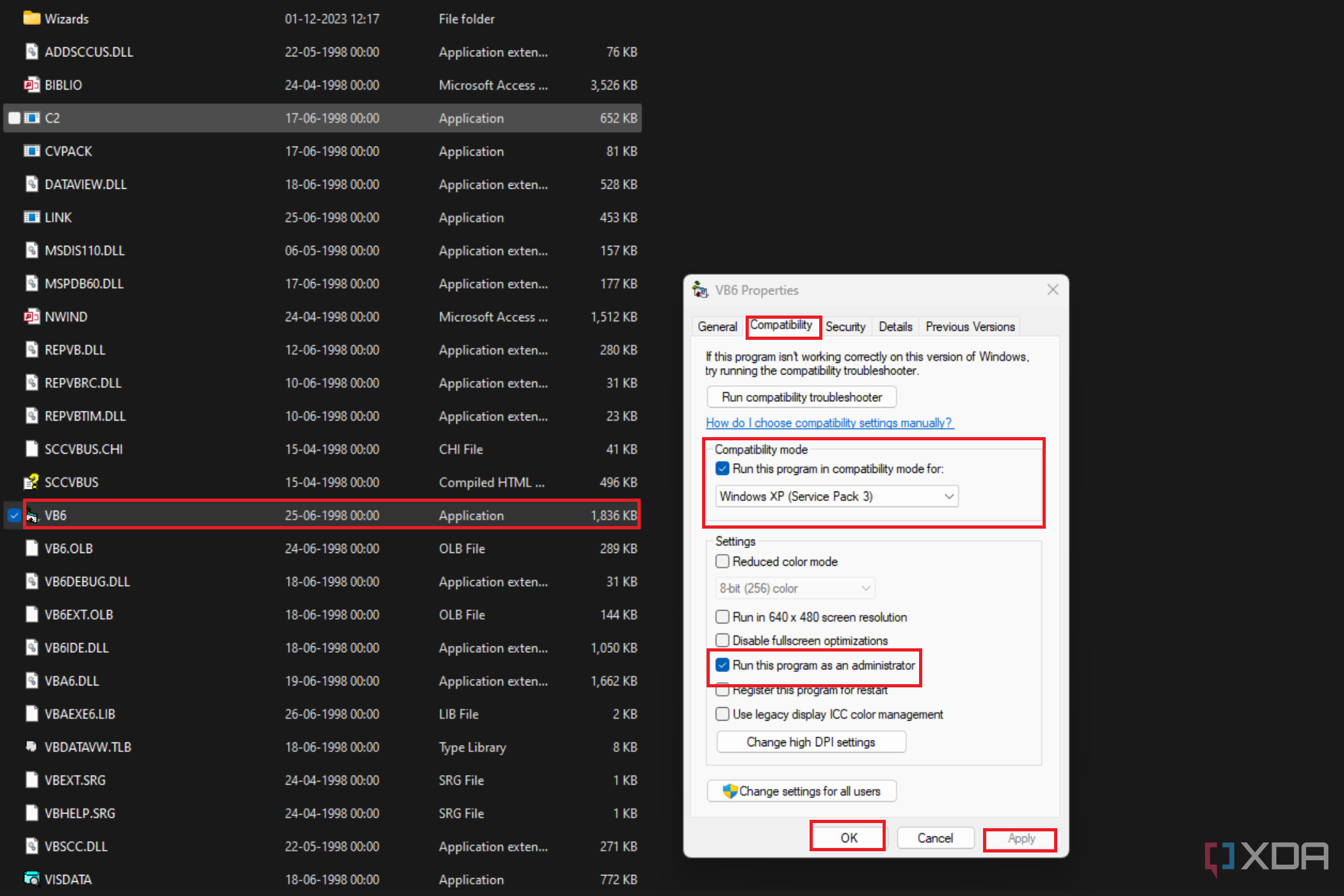Visual Basic 6 (VB6), introduced in 1998, was a major step forward in programming, particularly for Windows applications. While it has since been succeeded by Visual Basic for Applications (VBA) and the broader Visual Studio .NET framework, VB6 still holds a special place for programmers. It’s a favorite due to its user-friendly interface and rapid application development capabilities.
Microsoft’s confirmation that the VB6 runtime will be supported in Windows 11 for its lifetime still keeps this legacy language relevant. While modern programmers with the best laptops might not care about it much, some developers will find solace in the fact that their legacy applications and development skills remain applicable in a modern environment. In this guide, we will learn how to install and run the software with compatibility mode in Windows 11.
What is Visual Basic 6.0?
Visual Basic 6.0 is a user-friendly programming language by Microsoft notable for its simplicity and effectiveness in developing Windows applications. Designed with an easy-to-learn approach, VB6 allows programmers to create simple and complex applications, and it’s quite strong at building graphical user interfaces in particular.
It stands out for both its ability to integrate user-designed components and its compatibility with Windows operating systems. VB6 supports creating various software types, including desktop applications and system utilities. Despite being replaced by newer technologies, VB6 is still relevant for maintaining legacy systems, and it is supported by Microsoft on modern Windows versions, ensuring its continued usability in certain programming scenarios.
Why install Visual Basic 6.0 on Windows 11
Installing Visual Basic 6.0 on Windows 11 is driven by the need to support and maintain existing applications that were originally developed using VB6. This is especially important in sectors where legacy systems are integral and cannot be easily replaced or upgraded. This support allows organizations and individual developers to transition to Windows 11 without losing the functionality of essential VB6-based software. The continued viability of VB6 on Windows 11 is crucial for those who rely on its straightforward, efficient programming capabilities for specific projects and applications.
How to install Visual Basic 6 on Windows 11
-
Open the installation folder and look for the configuration file named SETUPWIZ.
-
Locate the line VmPath=ie4msjavx86.exe and erase the section after the = symbol.
-
Save and close the file.
-
Locate the application named, SETUP within the installation folder and right-click on it, then click Troubleshoot compatibility.
-
Click on Yes in the popup and select None of the above from the next list.
-
After Windows is done with the required troubleshooting, you will be presented with the option to apply the recommended settings or not. Click on Yes.
-
Click on Next in the following pop-up.
-
Accept the agreement in this step.
-
Put in the product ID number, which you will find with your installation media, then click on Next.
-
Choose Custom from the Setup Options and click on Next.
-
Choose your desired file path in this section, then click on Next.
-
Click on Continue on this popup.
-
Click on OK.
-
If you had a previous installation of VB6, you will get this popup, then click on Yes.
-
Make sure all the items highlighted in this section are unchecked.
-
Select Microsoft Visual C++ 6.0 and click on Change Option.
-
Select VC++ MFC and Template Libraries and click on Change Option.
-
Select MS Foundation Class Libraries and click on Change Option.
-
Make sure all the items here are checked by clicking on the Select All option.
-
Go back to the first screen, select Data Access, and click on Change Option.
-
Uncheck ADO, RDS, and OLE DB Providers and leave the rest of the settings unchanged.
-
Return to the first screen, select Enterprise Tools, and click on Change Option.
-
Uncheck Visual Studio Analyzer, click on OK, and return to the first screen.
-
Click on Continue.
-
Leave the Register Environment Variables unchecked and click on OK.
-
Let the process be completed.
-
Click OK.
-
Click on Restart Windows.
-
Once your system has booted back on, you will be greeted by an error box stating the program might not have been installed correctly. Stay calm, and click on This program was installed correctly.
-
Browse to Program Files (x86)>Microsoft Visual Studio>Common>MSDev98>Bin.
The file path might be different for you, depending on what you choose while installing Visual Basic.
-
In this step, you will have to alter the compatibility settings of all the .exe files in this folder.
-
When you finish, click Apply and Okay. Make sure you change the settings as shown for all the applications which have been highlighted.
-
After these settings have been applied, look for Microsoft Visual Basic 6.0 using the Windows search function and open its file location.
-
Ensure that the settings are as shown in the picture.
-
Return to the previous screen and open file location for Microsoft Visual Basic 6.0.
-
Change compatibility settings for VB6.
-
After all these steps, you can now launch Microsoft Visual Basic 6.0.
Windows 11’s compatibility with Visual Basic 6
With Visual Basic 6.0 now ready to use on Windows 11, you are well-equipped to manage both contemporary and legacy projects. This successful installation is a testament to Windows 11’s versatility to accommodate a diverse range of software applications. As you embark on this journey, the right hardware can be just as crucial as the right software. For those looking to optimize their programming experience further, consider taking a look at laptops suited for developers.

